Tucked away in the southeastern corner of Queens, Springfield Gardens is something of a geographical enigma. No maps seem to agree on its boundaries.
I started planning this week’s newsletter by looking at the NYC City of Neighborhoods Map that I have hanging in my studio. I like the map because it doesn’t bother with borders and has plenty of space for my magnets.
To narrow things down, I next turned to Google Maps. My search yielded a squat, Trivial Pursuit-like wedge of a neighborhood that inexplicably didn’t include a large portion of the map clearly labeled Springfield Gardens.
A 2012 NY Times map was considerably more generous, expanding the neighborhood’s footprint from a wedge to a sort of distended trapezoid. Concerningly, this map introduced the neighborhood of Brookville, which hasn’t made it onto my already-too-large official list of city neighborhoods, and I suspect it never will.
Finally, I consulted my favorite reference, the NYT Extremely Detailed Map of New York City Neighborhoods. There, the amorphous, crowd-sourced boundaries of Springfield Gardens sprawled in a variegated wash of cyans and blues, thankfully ignoring the neighborhood of Brookville entirely.
Early on in this project, I learned that determining a neighborhood's borders is not an exact science, so I always appreciate the vagaries of the crowd-sourced map. I left Springfield Gardens, not entirely sure when or if I had drifted across the border into neighboring Rosedale, Laurelton, or even Brookville. Reassuringly, some of the locals I talked to were unsure of it themselves and didn’t seem too bothered by it.
Everything is related to everything else, but near things are more related than distant things.
Tobler’s First Law of Geography
One thing all the neighborhoods in this part of Queens have in common is their proximity to JFK. The steady stream of Airbus A320s and Boeing 737s flying low to the ground on their approach to the airport serves as a constant reminder. Besides the omnipresent air traffic, Springfield Gardens, with its modest one and two family detached homes, has a quiet, almost suburban feel.
WATER
The first Europeans to settle in this part of Queens were the Dutch, who must have felt right at home when they stumbled upon the abundant streams and springs that dotted the landscape. In the 1640s, they began to build farms, taking advantage of the plentiful water supply to irrigate their fields. The Dutch, known for their penchant for literalism (letterlijkheid), named their new settlement Spring Fields.
Later, those same springs attracted the attention of Brooklyn city planners eager for a reliable source of clean water for their burgeoning metropolis. In 1858, the Brooklyn Water Works was completed, an aqueduct that pumped water from a network of local ponds and streams starting 12 miles away in Hempstead, Long Island, to the newly built Ridgewood Reservoir. Soon after the pipes were first turned, many farmers suddenly found themselves without enough water pressure to work their mills and irrigate their fields, though that wasn’t much of a concern for the residents of Brooklyn.1
More problematic was the condition of the water. Springfield Creek was lined with “stables, outhouses, pigsties, and chicken coops,”2 and an engineer declared that "the water would sicken a dog." Perhaps it was no coincidence then that dead dogs were often found floating in the creek.
In 1898, in what many Brooklynites called the Great Mistake of 1898, Brooklyn and Queens merged into the City of New York. Accessibility to the city’s significantly larger and cleaner water supply played a large part in the decision to incorporate.
If you ever take a taxi to JFK from Brooklyn and drive down Conduit Boulevard, you are retracing the same path as the former aqueduct.
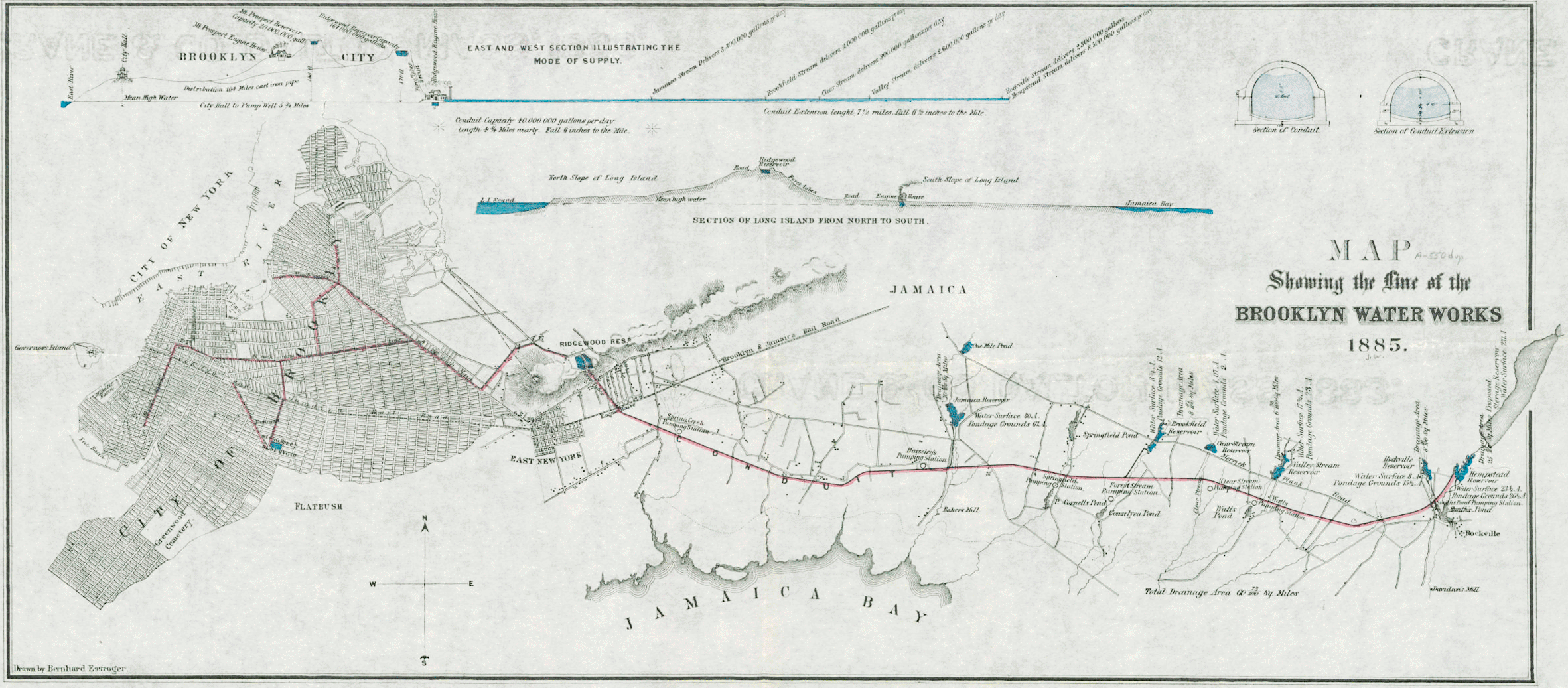
BLOCKBUSTING
In the 1920s, the Long Island Rail Road began service to the neighborhood, which soon adopted the name of the newly built housing development at its center, Springfield Gardens. The area was rapidly transitioning from farmland to suburbia.
In the 1940s, African Americans seeking an escape from the city's cramped tenements were attracted to the neighborhood’s new housing stock and open space and started migrating to southeast Queens.
“It was really opening up racially back then, and it was exciting to be here,” said Julia Rinehardt, who in the 1950s, after her wedding, decided to say goodbye to her Harlem rental and relocate to Springfield Gardens.3
This slight shift in neighborhood demographics piqued the attention of unscrupulous real estate agents, who descended en masse, making phone calls, blanketing the neighborhood with “For Sale” flyers, and driving around telling anyone who would listen that they better sell now before it was too late.
The so-called blockbusting got white families to accept undervalued offers on their homes, which the agents would then turn around and sell to black families at artificially inflated prices.
Many homeowners resisted the scaremongering and refused to sell their homes. Gradually, however, the majority of the white families did move out, and the once mixed neighborhood is now over 90% black. A surge of Afro-Caribbean and Indo-Caribbean immigrants has recently made Springfield Gardens home.
HEIST
In 1978, the Lufthansa Heist at JFK Airport, immortalized in Martin Scorsese’s Goodfellas, netted members of the Lucchese Crime family nearly $6 million. After the heist, the Port Authority ramped up airport security, and the action moved to the next closest spot.
The southern quadrant of Springfield Gardens, the part of the neighborhood closest to the airport, is home to a detention center, a DMV office, and dozens of warehouses. These warehouses, known as container stations, are owned by various shipping and logistics companies that process shipments brought in on large containers from the airline docks, breaking them into smaller loads for local distribution.
In 1994, after an investigation that lasted several years, 22 suspects were arrested and charged with carrying off a series of heists targeting the warehouses that, cumulatively, netted far more than the Lufthansa heist ever did. Three separate theft rings, all with ties to the Gambino family, spent years stealing a veritable cornucopia of high-end consumer goods ranging from cases of Dom Perignon and Nintendo video game cartridges to a $1 million shipment of Kodak film. 4
Though the crews worked independently, they employed the same techniques. First, they would monitor the warehouses from afar, deliberately tripping the alarm to see how long it took someone from the alarm company to arrive on the scene.
In the days before their burglary attempt, the crews would repeatedly set off the system, hoping that, like an incessantly blaring car alarm, the warnings would eventually be disregarded. Then, they would go in and help themselves to champagne and Reeboks.
While many of the operators of the container stations in Springfield Gardens said that they would prefer to move their operations to the airport where security is better, the Port Authority charged double the rent.
IDLEWILD
The 150-acre Idlewild Park that makes up part of the neighborhood's eastern border was named for its proximity to the former resort and golf club. It was marketed as an exclusive club in the wilderness for the idle rich.
When I looked up the park on the map, the first thing that I noticed was the perfect circle of grass with two parallel lines at its center—what I later learned was a cricket pitch.
I thought recording a cricket match could make for some compelling audio, so early on a Sunday morning, I grabbed my gear and my dog, Bosco, and headed for the park.
Disappointingly, the cricket field was deserted. Garbage cans overflowing with bottles of Heineken and crumpled foil casserole dishes flecked with dried barbecue sauce suggested we were a day late.
As we circumnavigated the cricket pitch, Bosco soon discovered the joys of fresh goose turds and availed himself of a seemingly endless buffet of them. Making our way through a break in the trees on the edge of the pitch, we found ourselves alone on a path weaving through thick stands of Goldenrod and fuschia tangles of everlasting sweet pea vines.
American holly trees with thick waxy leaves lined parts of the empty trail that led to an open marsh.
It was a surreal juxtaposition of lush, dense thickets of vegetation alive with bird song and a constant thrum of trucks and planes undergirded by the acrid tang of jet fuel.
We didn’t come across another person the whole time we were there. That probably explains the enthusiasm with which a swarm of mosquitos descended upon us, like 1950s realtors on a newly integrated block. After a single slap dispatched half a dozen possible West Nile vectors dining on my arm, I realized it was time to go.
SIGHTS AND SOUNDS
This week’s audio features planes, after-school hijinks, and lots of reggae. It ends up with the soft jingles of a goose turd-eating canine in Idlewild Park.
FEATURED PHOTOGRAPHER
Before this summer, my only visit to Springfield Gardens was about a dozen years ago. I had read an article about the private prison industry that highlighted the Queens Detention Facility in Springfield Gardens. The jail was run by the GEO Group, one of the largest private prison companies in the world, until 2021. It was used to house ICE detainees awaiting deportation.
I’ve always been interested in the different ways architecture has been repurposed and adapted for uses other than its original intent. I wanted to see what this building—full of people the government was trying to get out of the country next to dozens of warehouses full of consumer goods we were eager to bring in—looked like.
It turns out that it looks just like a warehouse.
Fortunately, there are photographers like Richard Ross who do the actual work of getting inside these spaces and documenting exactly how they are used.
Ross’ project, Architecture of Authority, documents how certain architectural spaces are built to exert power over the individuals within them. For this project, Ross photographed not just prisons (and ICE holding rooms) but also church confessionals and a Montessori classroom.
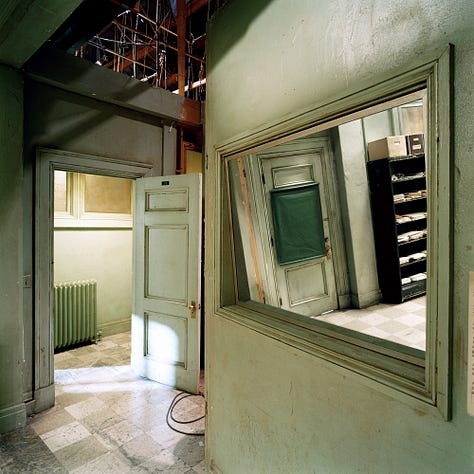
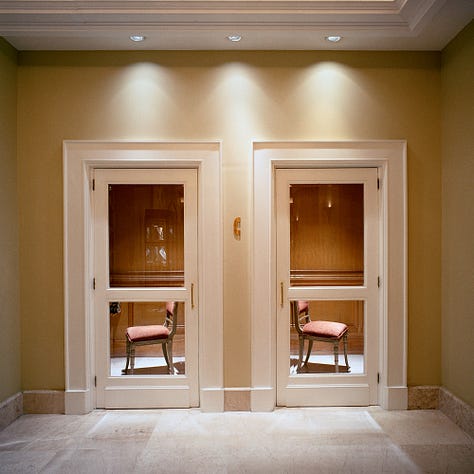
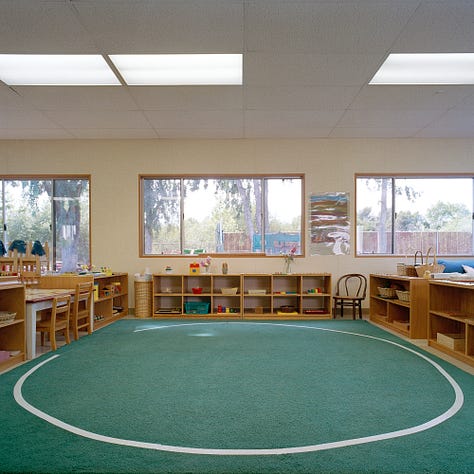
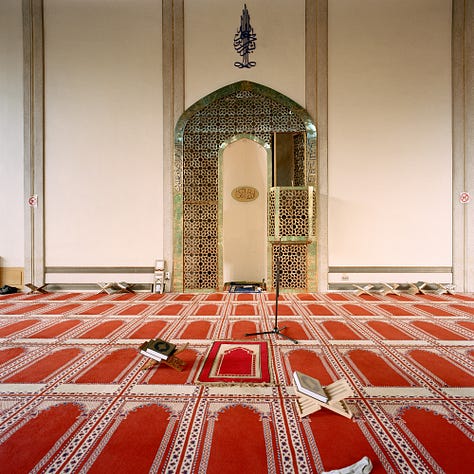
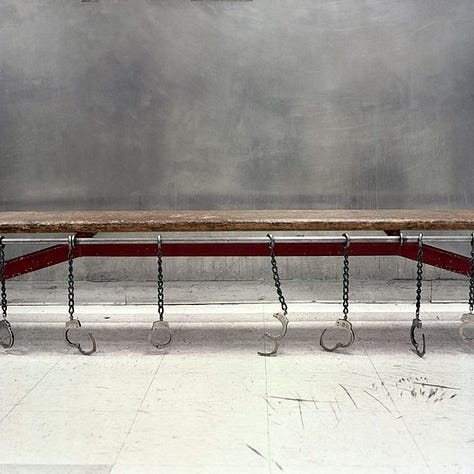
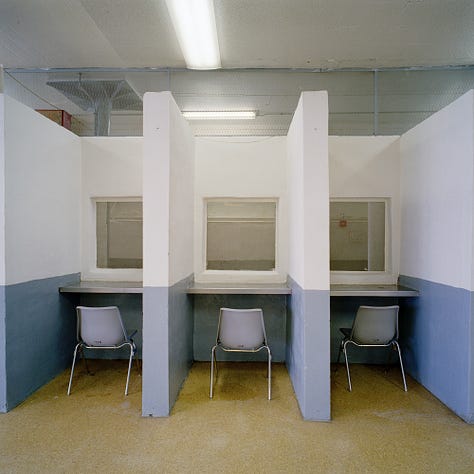
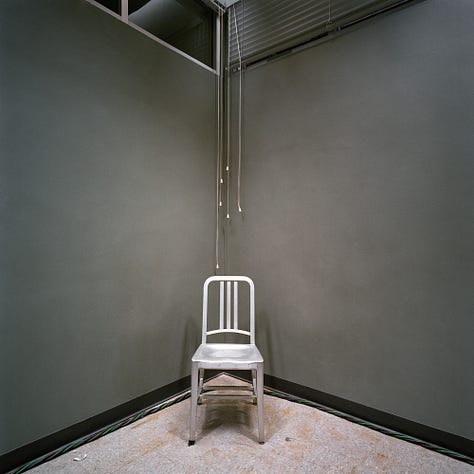
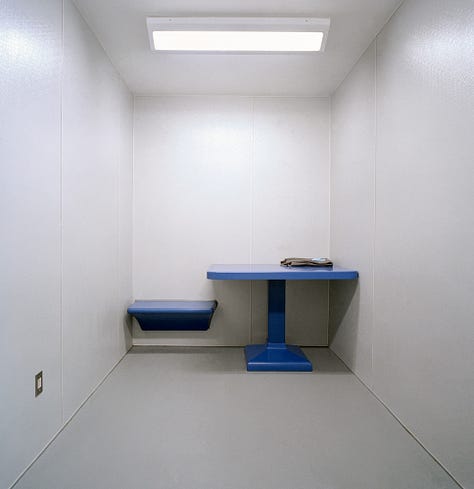
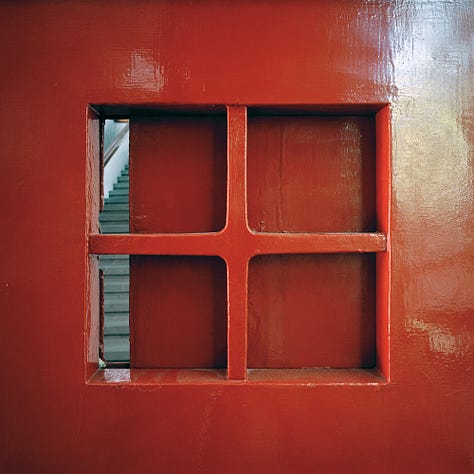
Ross is also the creator of Juvenile-in-Justice, an extensive archive of the U.S. juvenile justice system, including images, interviews, audio, and texts drawn from the lives of more than 1,500 individuals at 300 sites across 35 states.
This short PBS NewsHour piece on the project is well worth watching.
ODDS AND END
*For the film nerds, the $1 million worth of Kodak film stolen in 1994 would only get you 32,260 sheets of 8x10 Portra today
In 2019, Quincy Thorpe was working as a Delta aircraft loading agent and was tasked with putting eight bags of cash on a plane to Miami. Only seven made it. Thorpe and another Delta employee, Emanuel Asuquo Okon, were charged with the theft. A video of the men meeting in the parking lot and a receipt from the armored car company found in Okon’s car were seen as the prosecution’s smoking gun. The jury didn’t agree and acquitted both men in 2023. The cash was never recovered.
While Knick fans may claim that Anthony Mason was Springfield Gardens' most famous resident, that honor probably belongs to Frances Goldin. The Springfield Gardens-born Goldin was known for spearheading the campaign that defeated Robert Moses’ attempt to run a freeway through the Lower East Side.
https://urbanomnibus.net/2014/03/thirsty-borough-a-brief-history-of-brooklyns-water-systems/
https://bklyn.newspapers.com/image/50350548/?match=1&terms=%22Springfield%20Creek%22
https://www.nytimes.com/2012/11/25/realestate/living-in-springfield-gardens-queens.html#:~:text=“It%20was%20really%20opening%20up,and%20relocate%20to%20Springfield%20Gardens.
https://www.nytimes.com/1994/08/03/nyregion/22-are-arrested-in-thefts-of-kennedy-airport-cargo.html

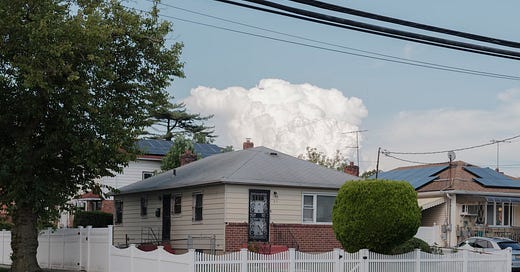



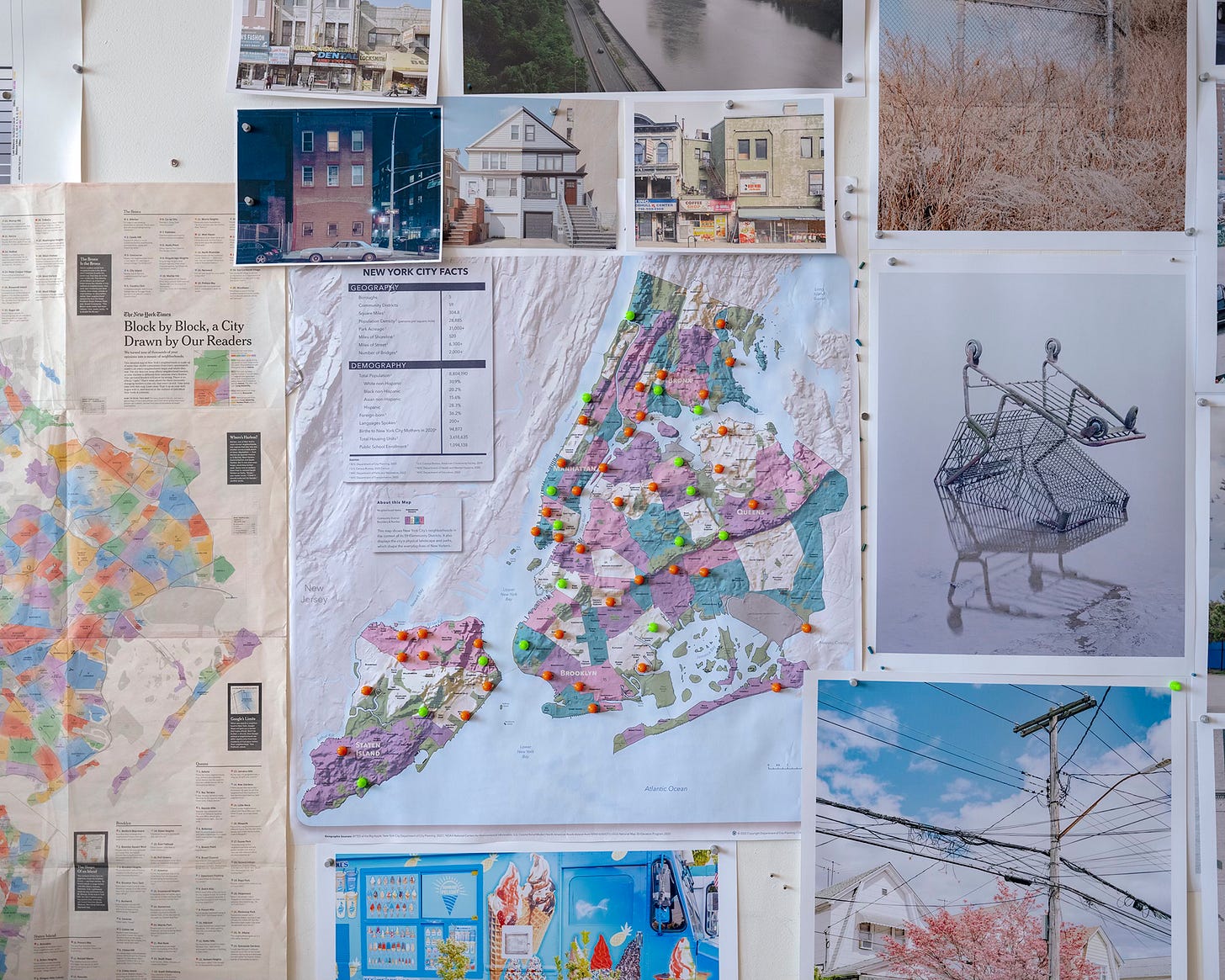
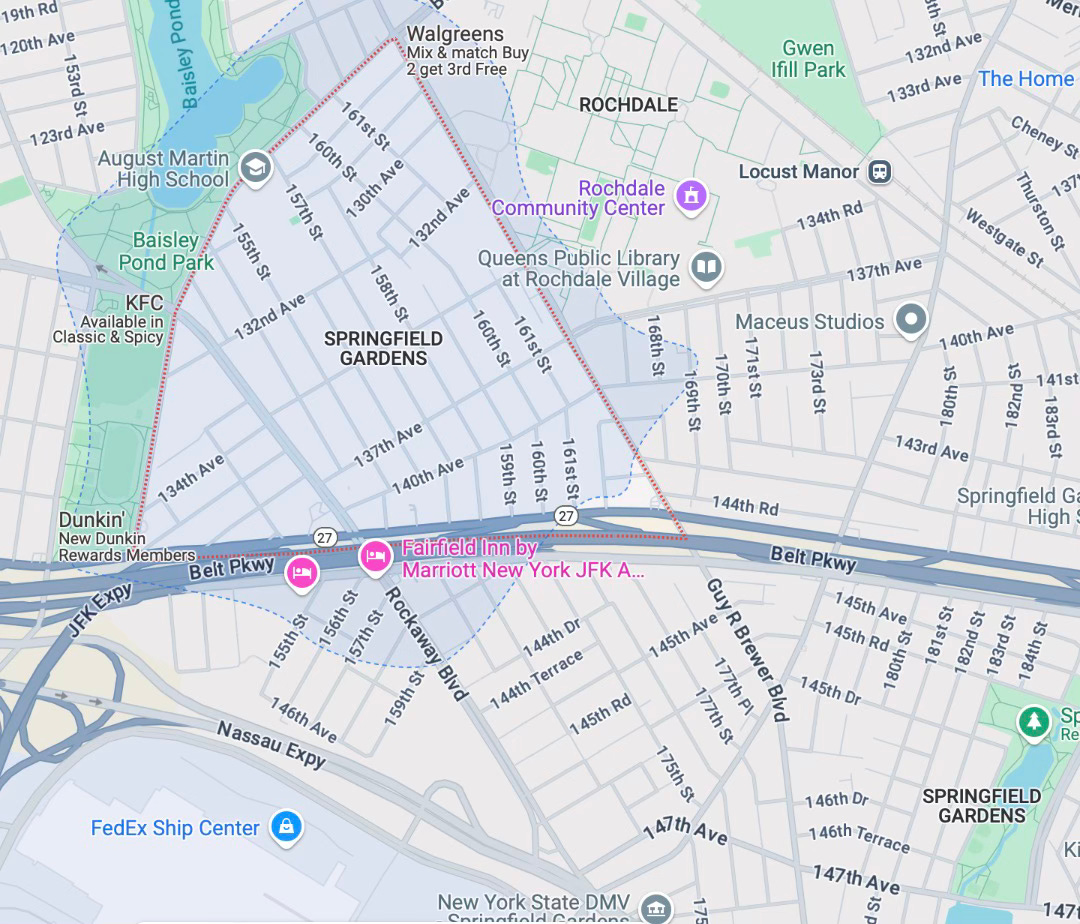
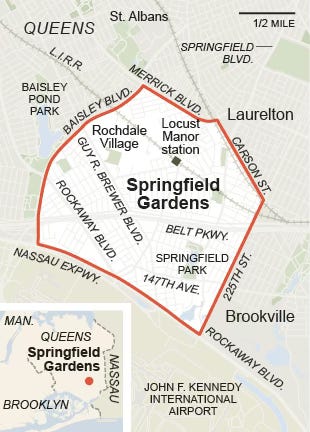
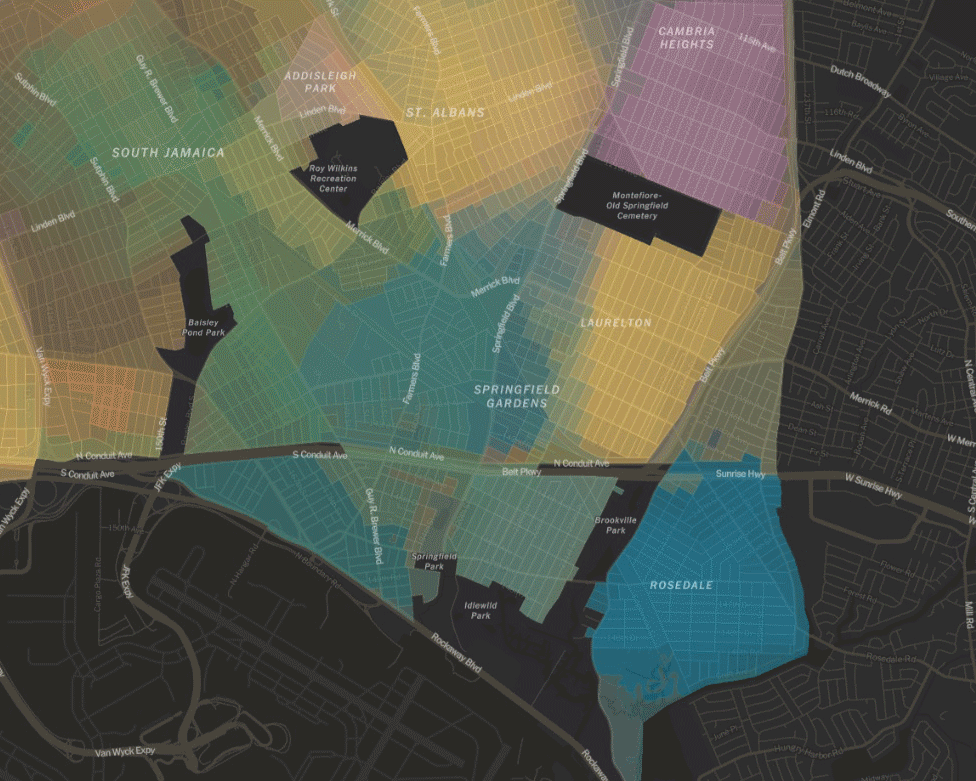
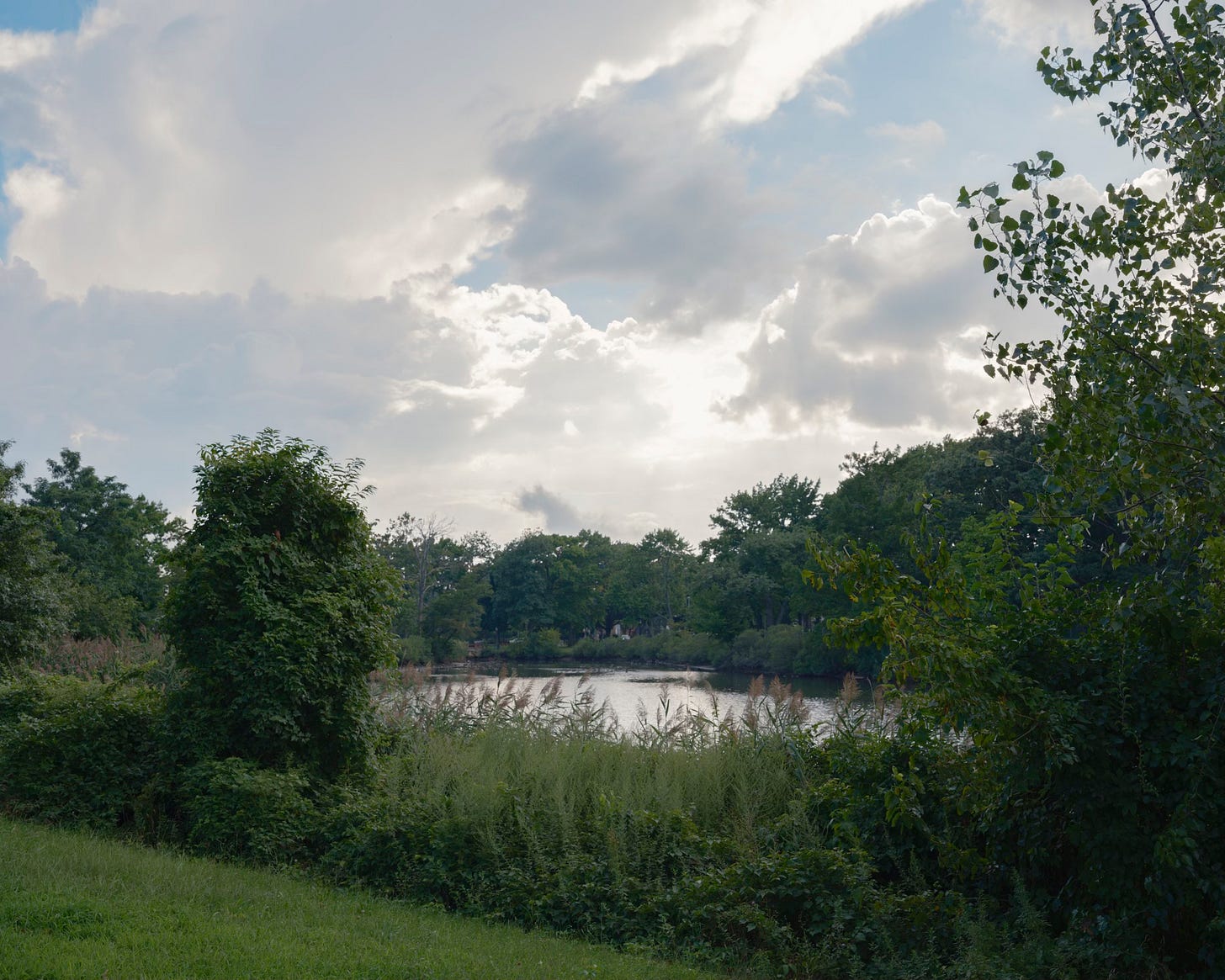

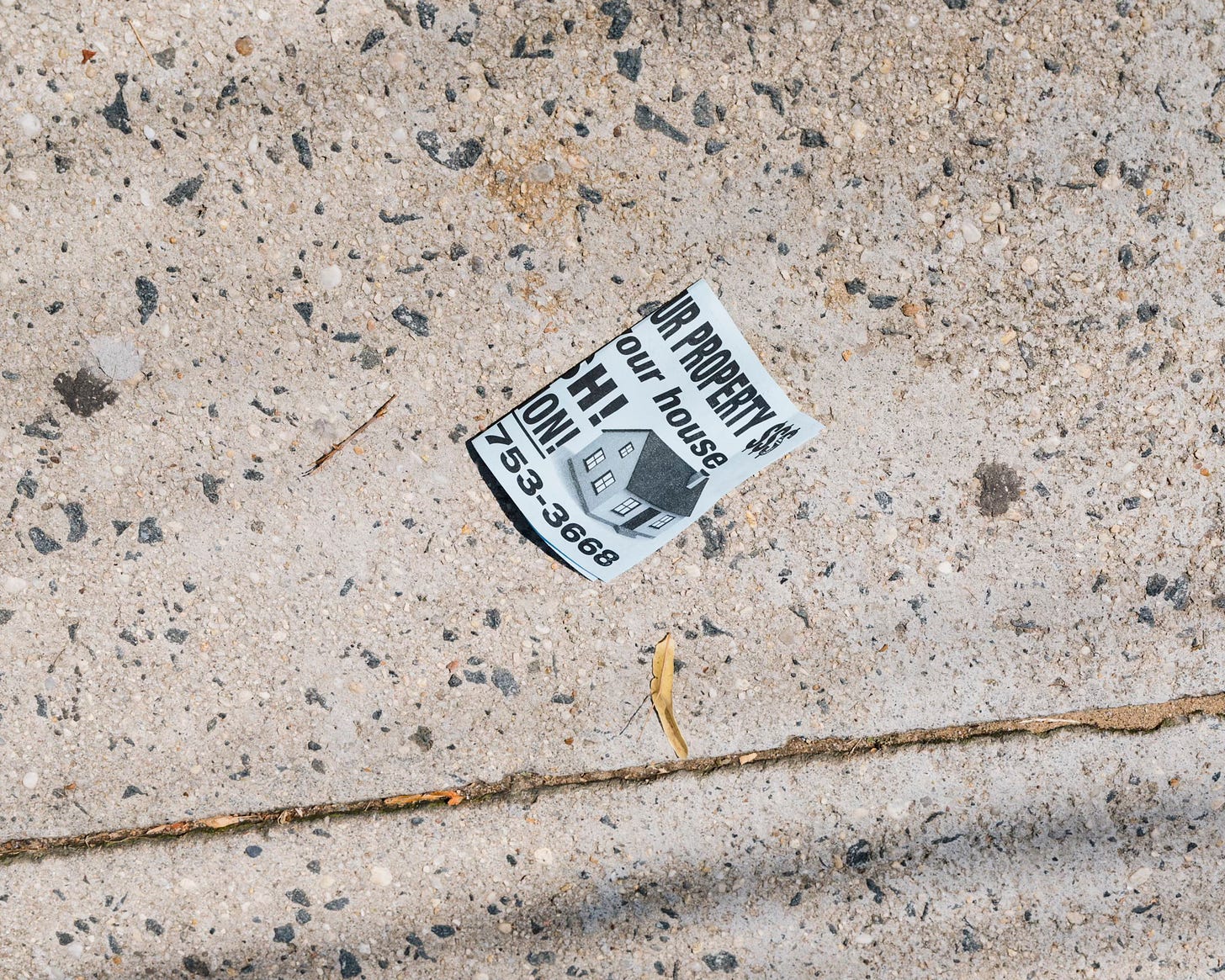
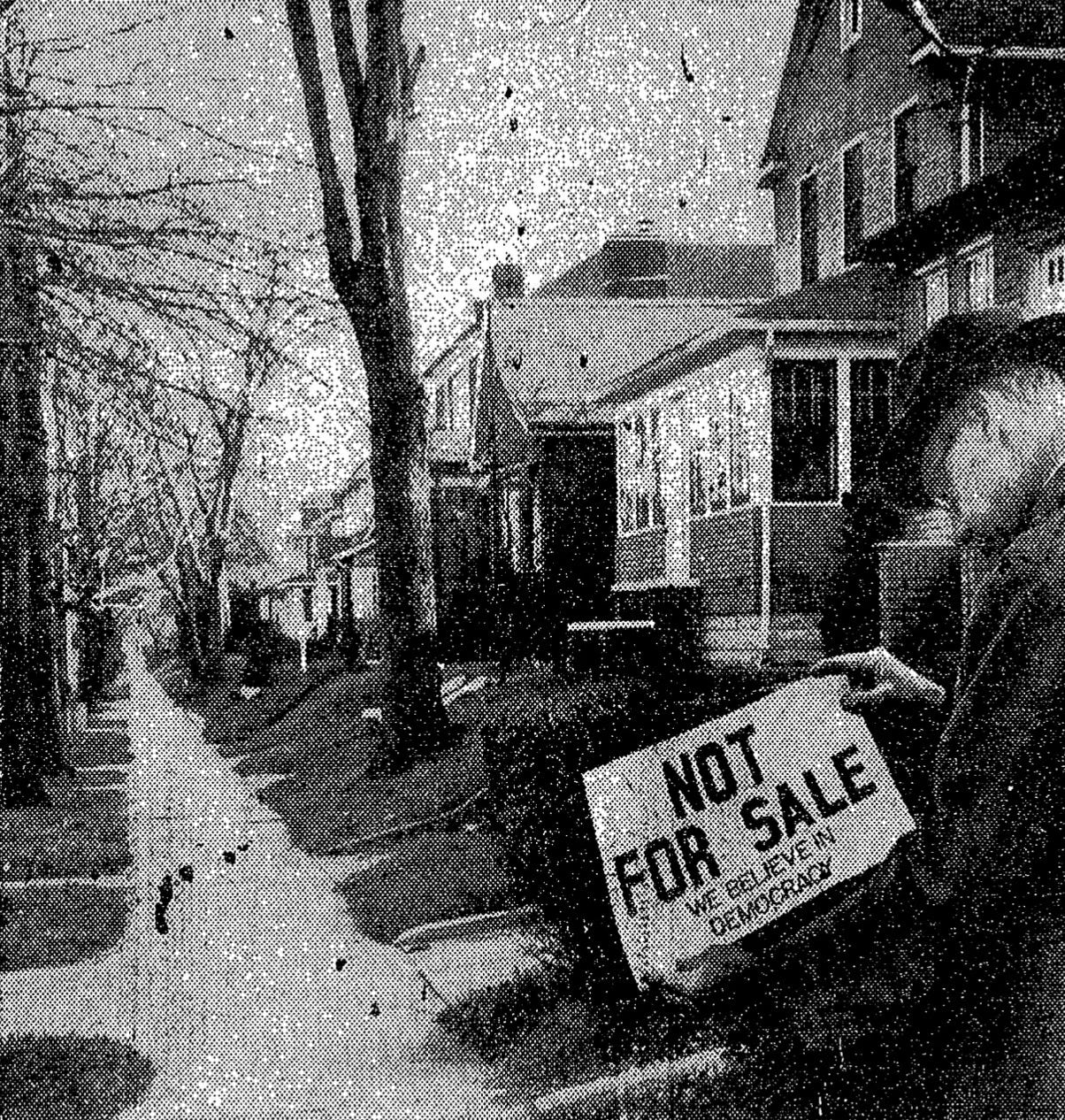


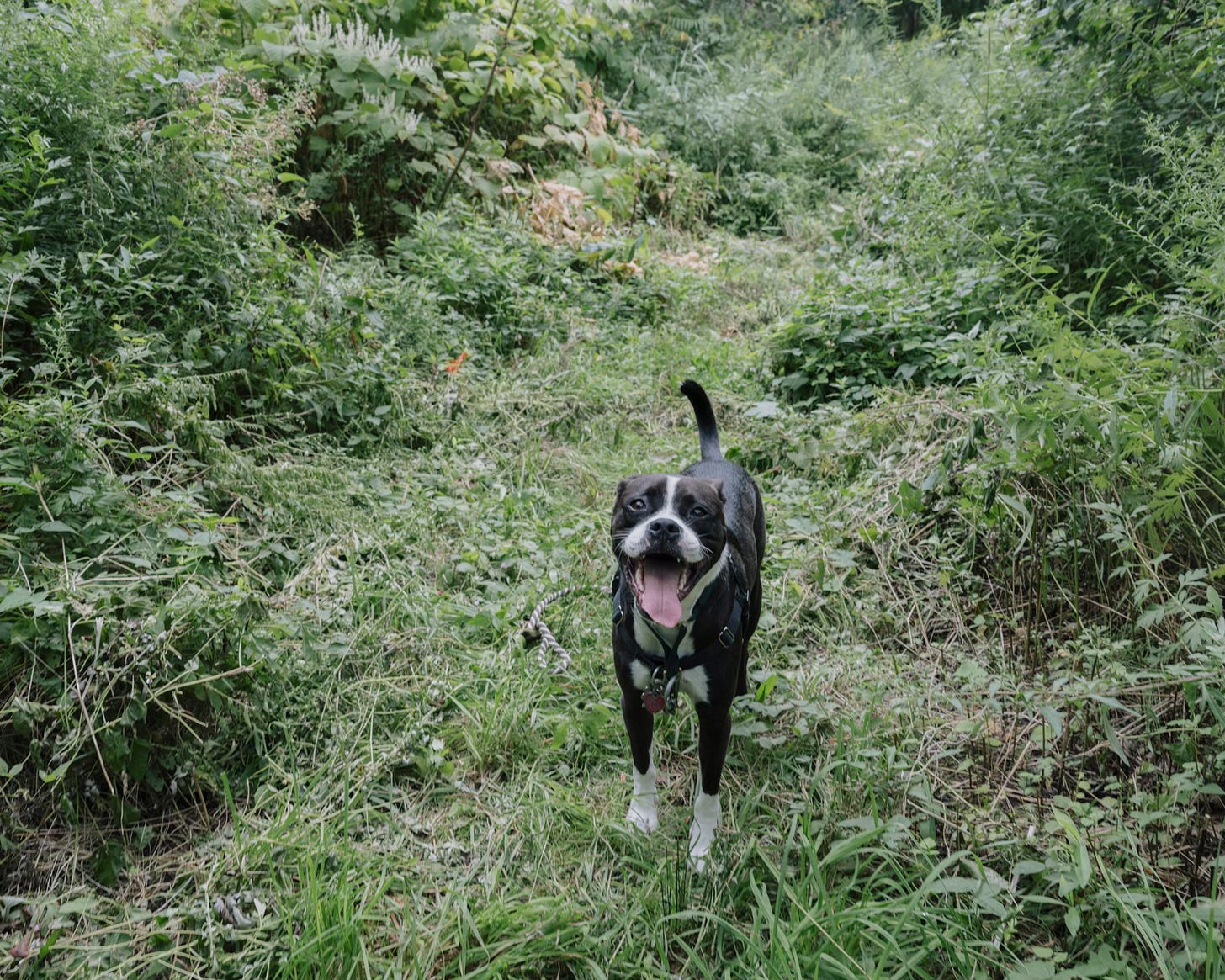
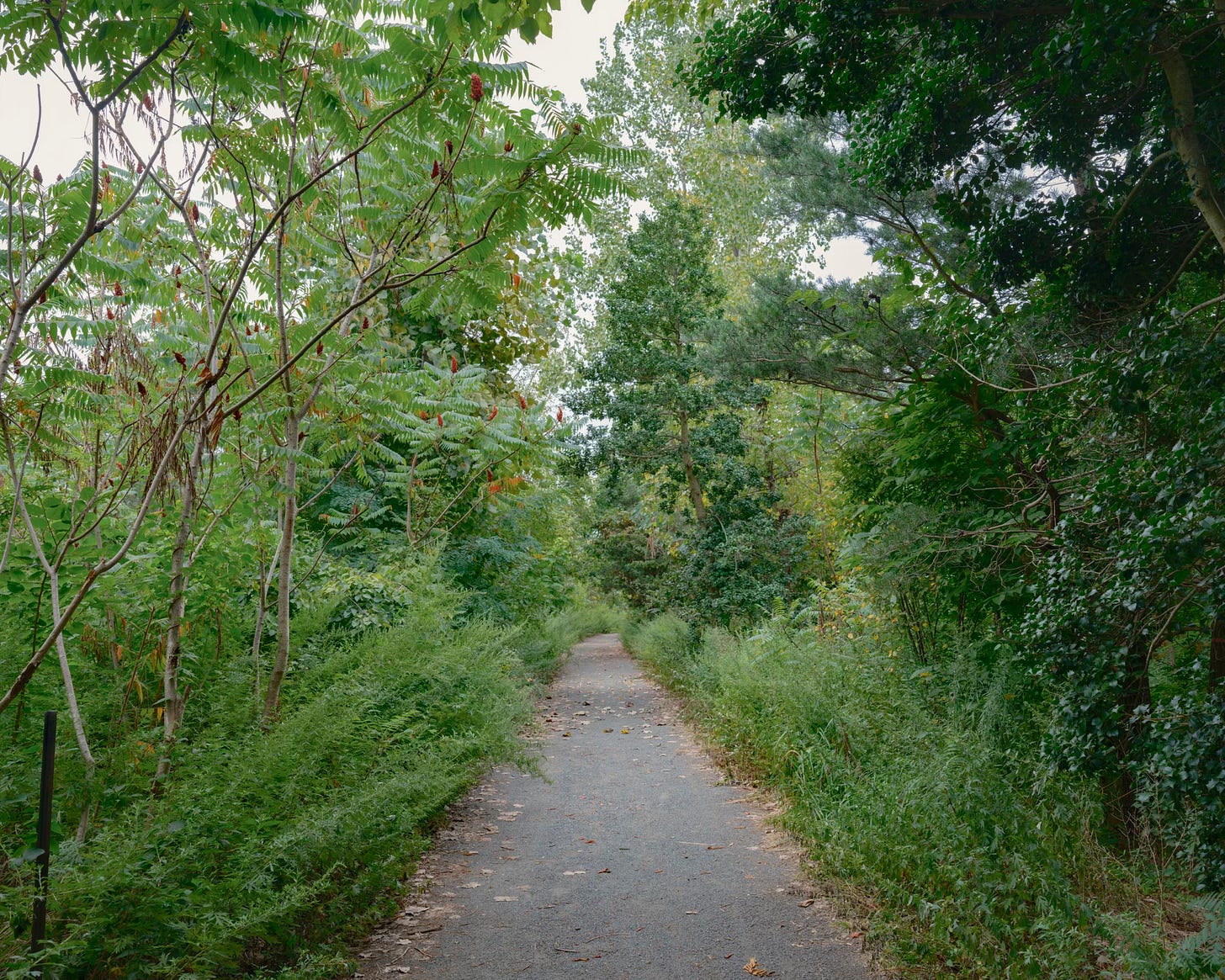
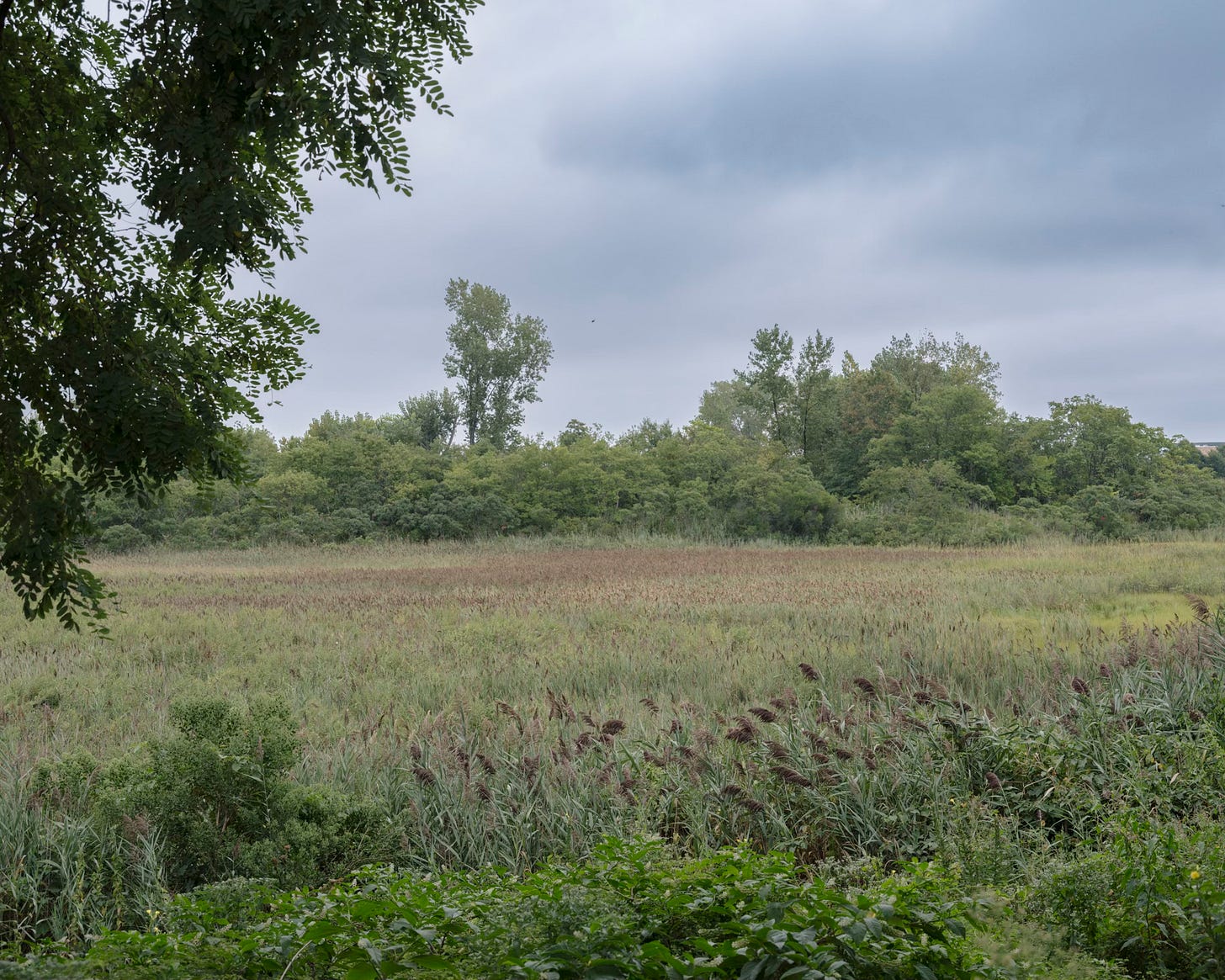
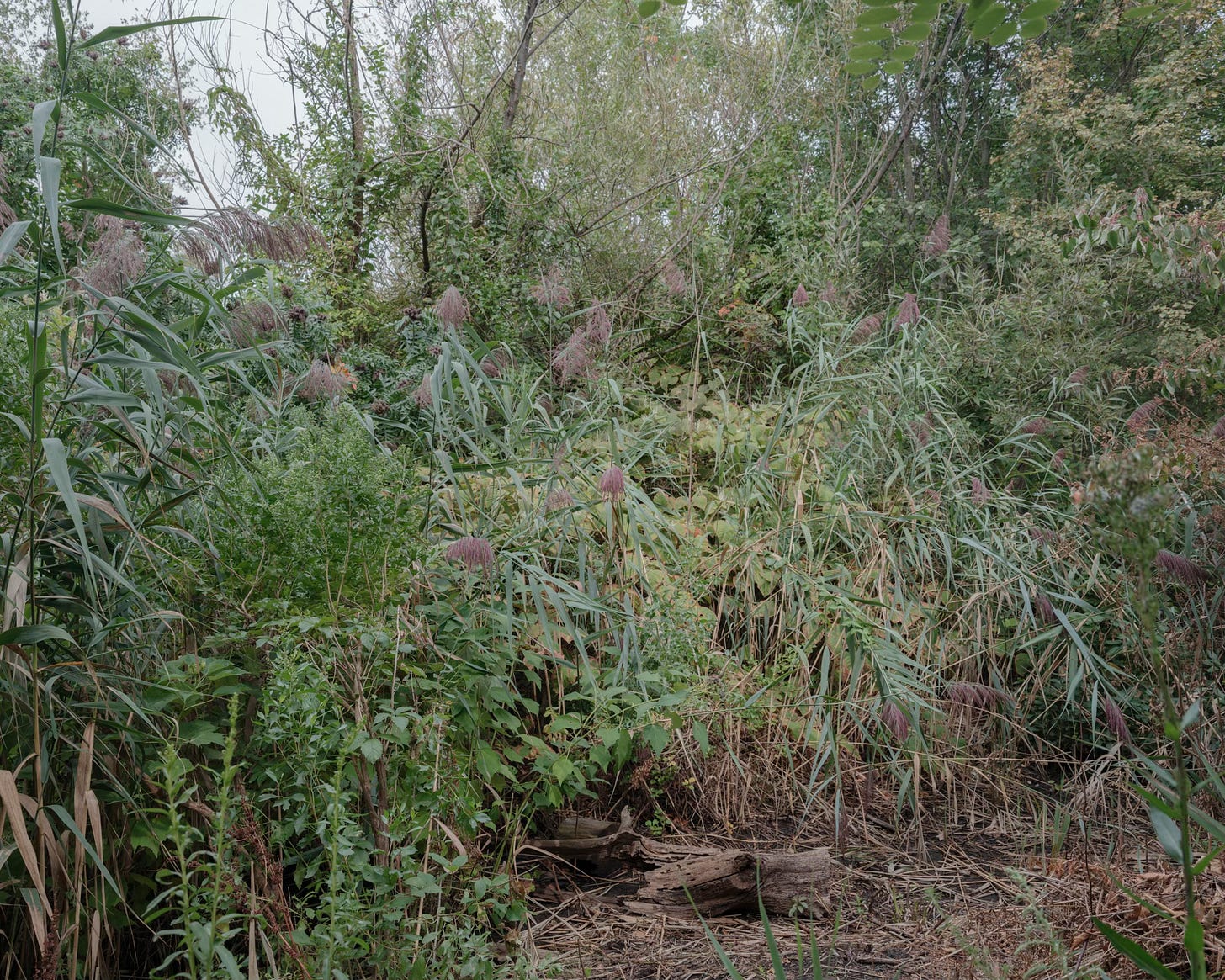
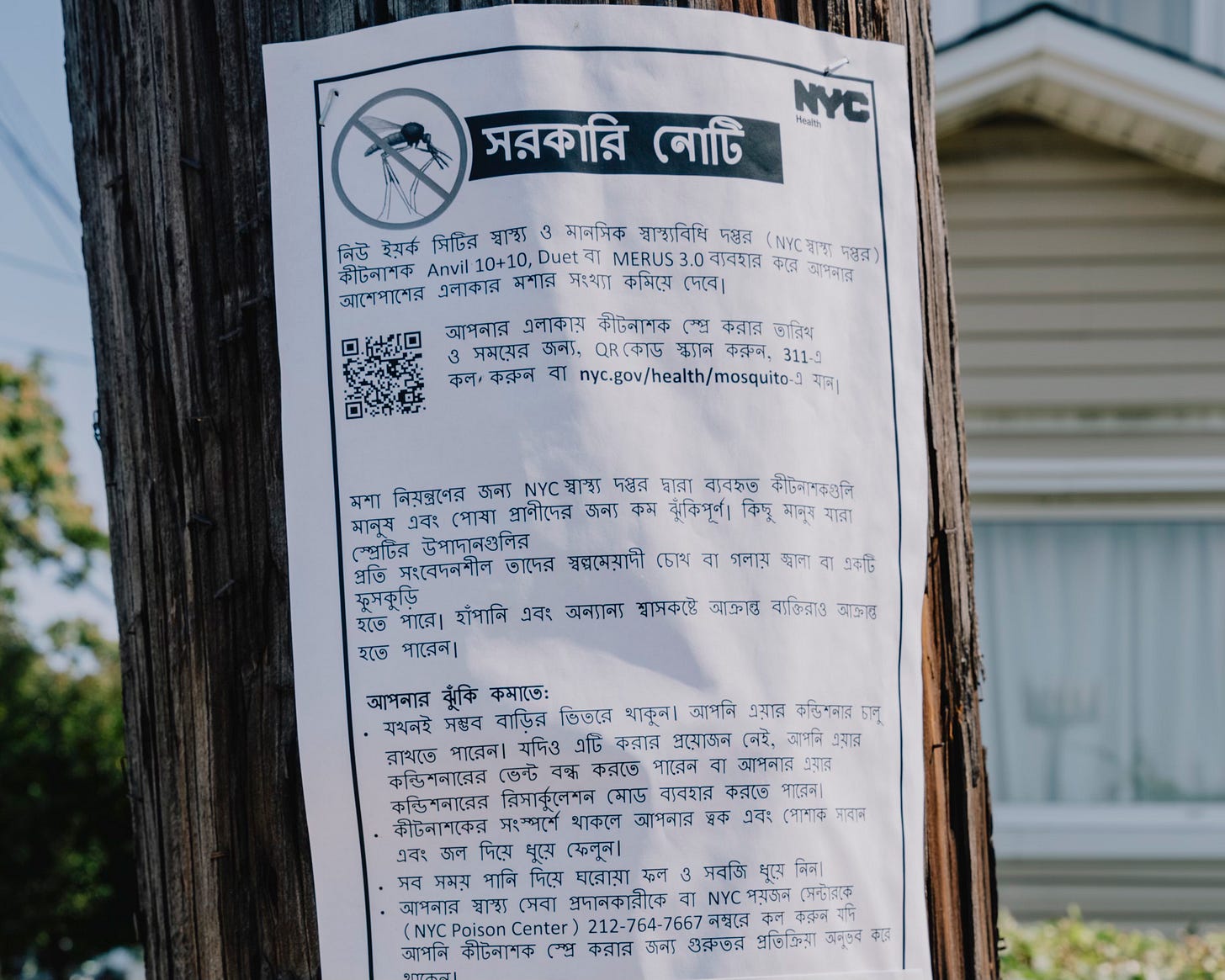
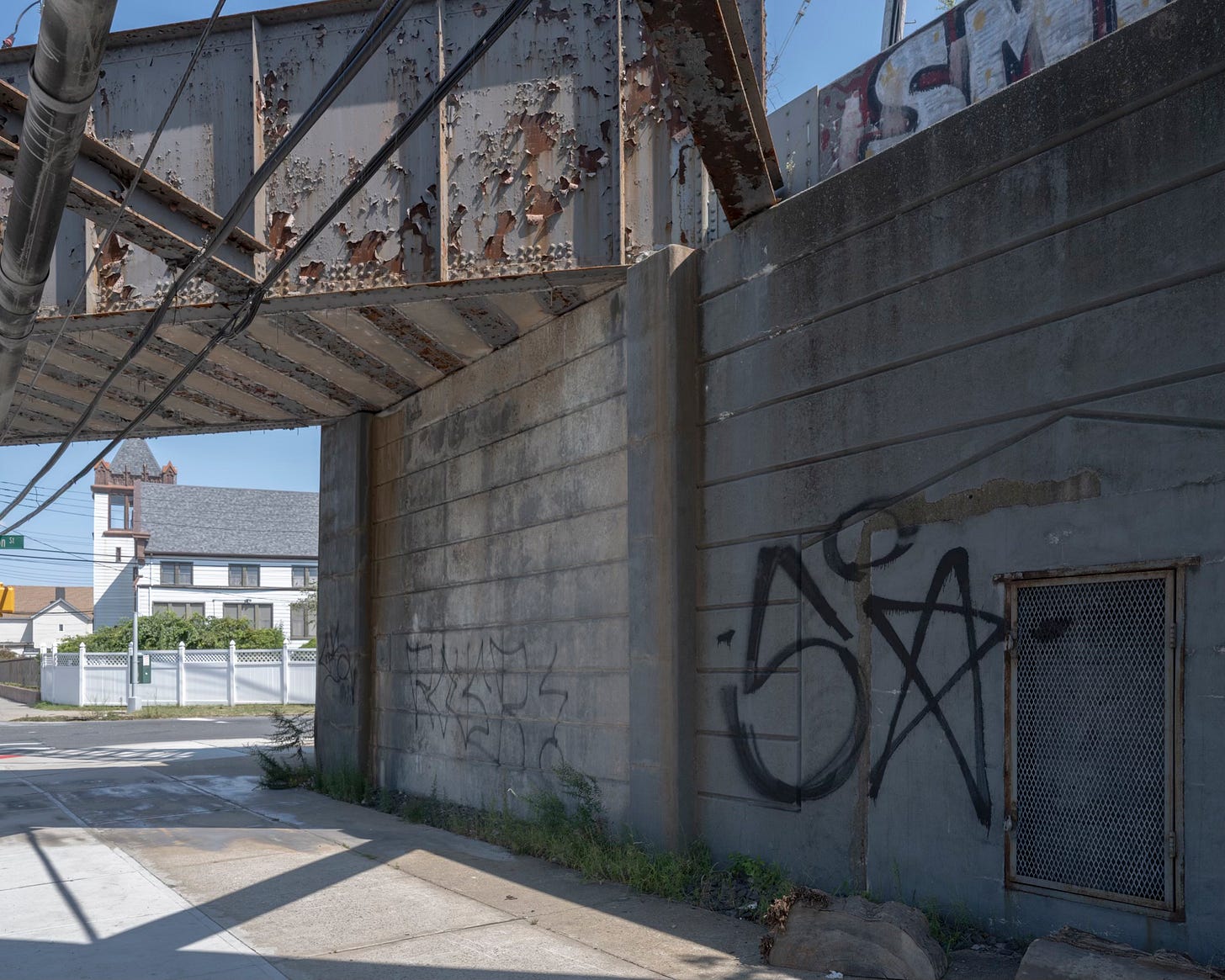

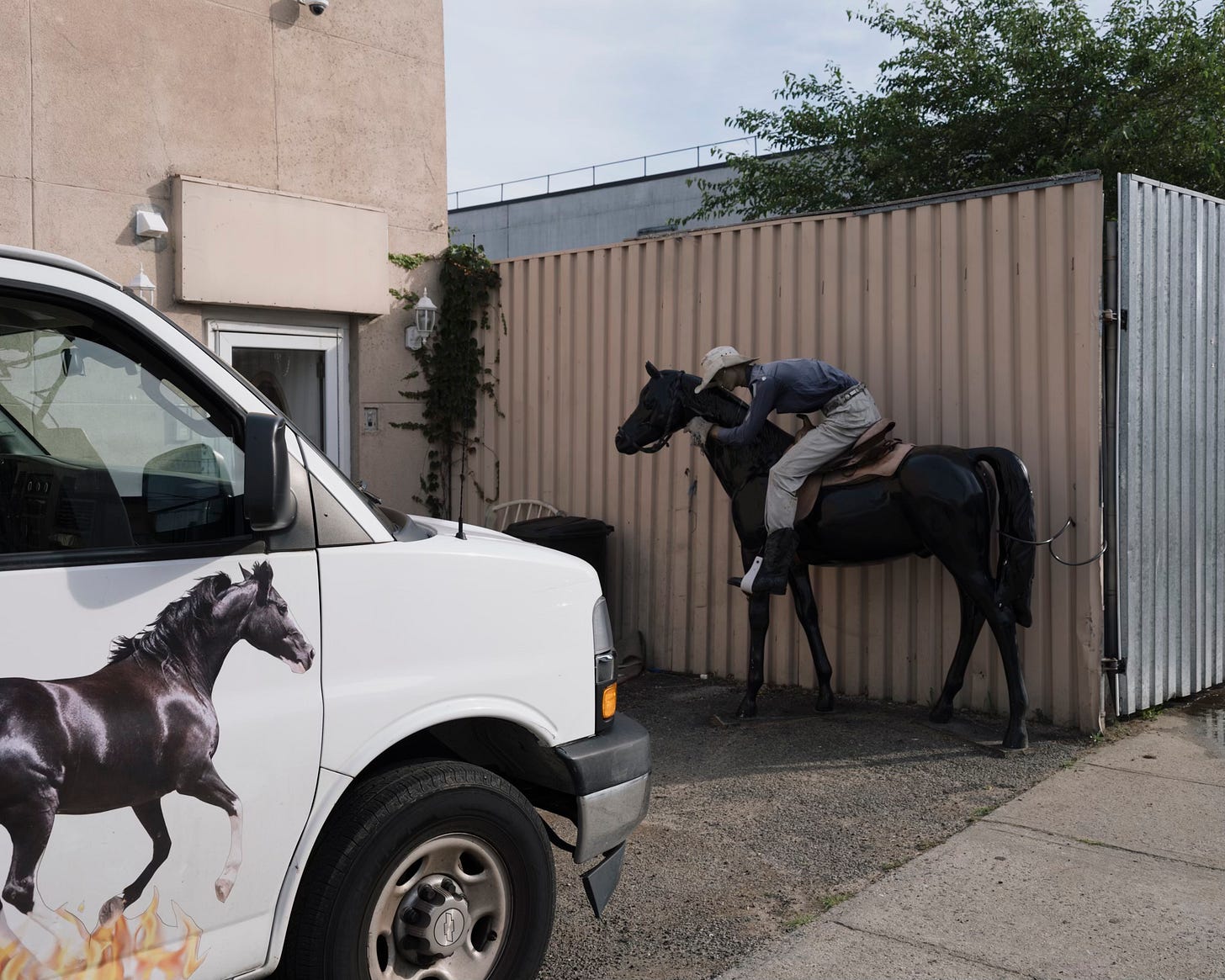
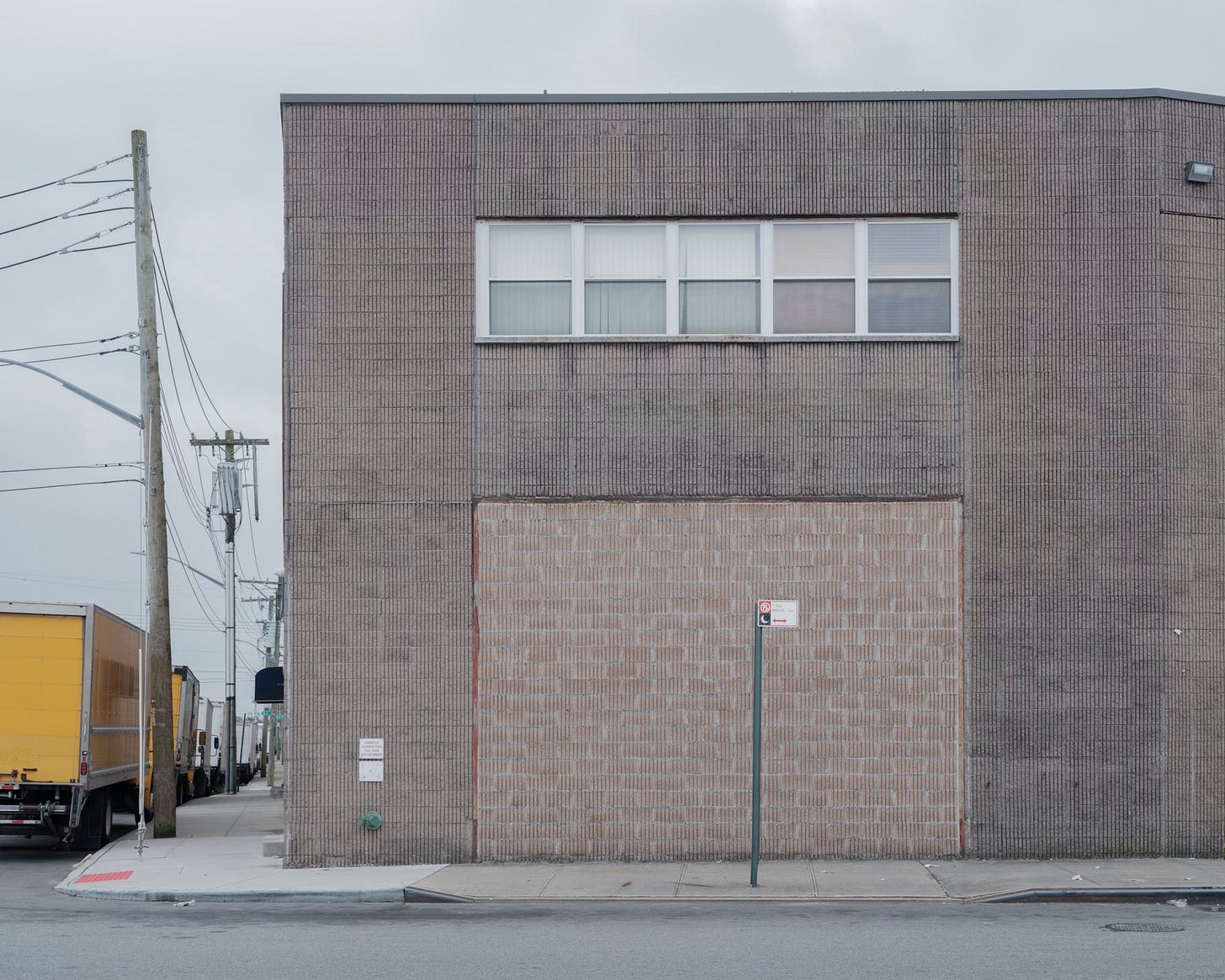
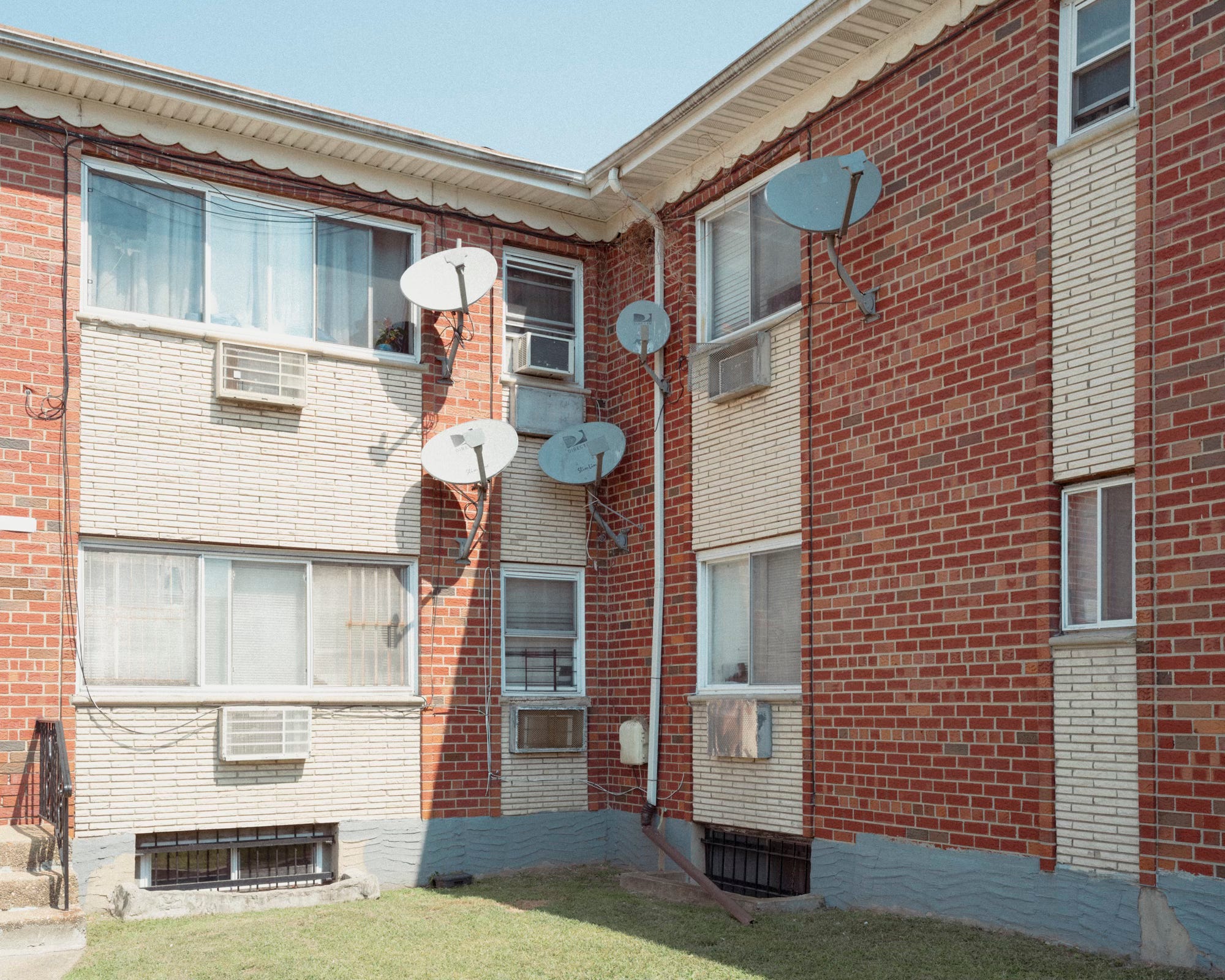
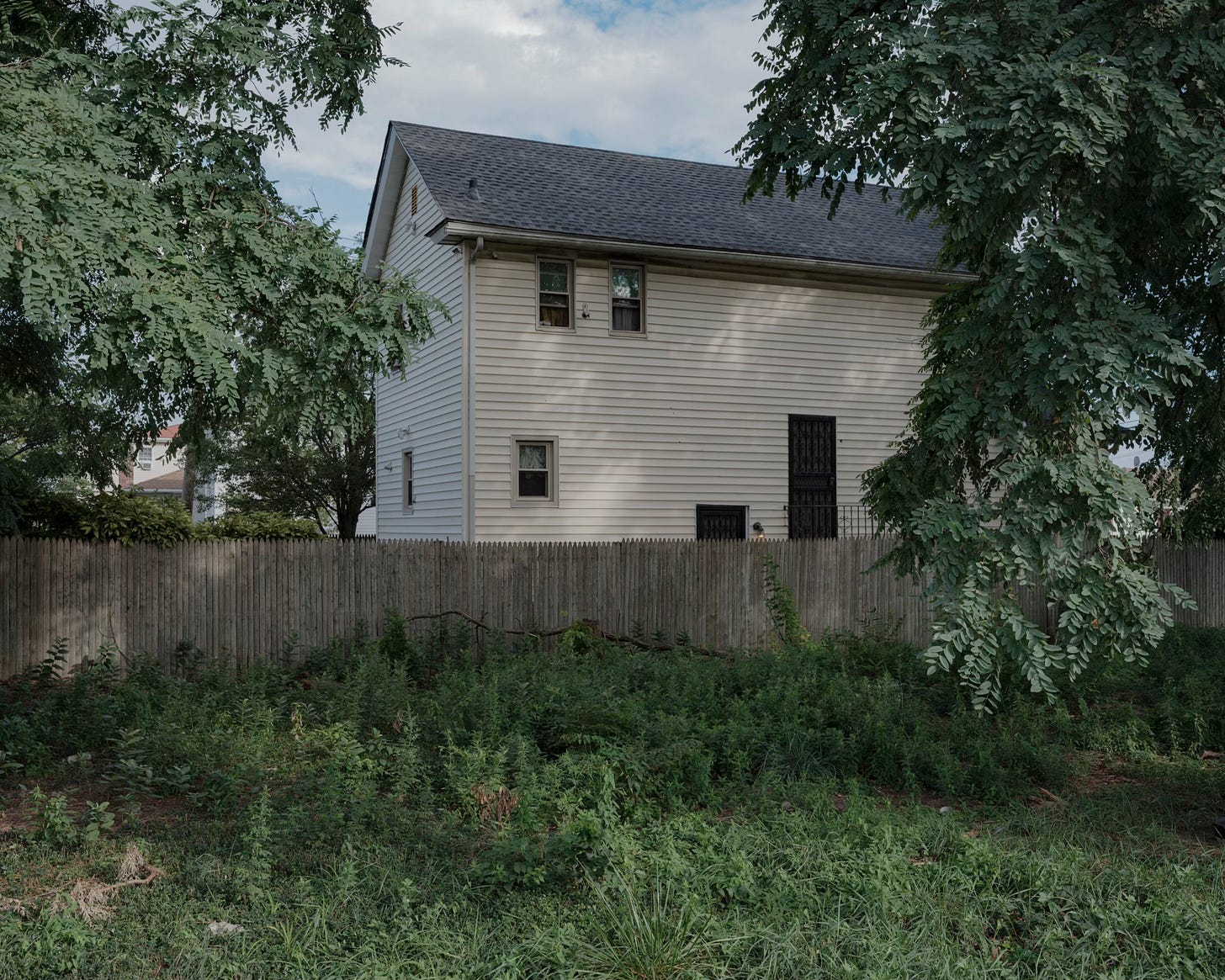

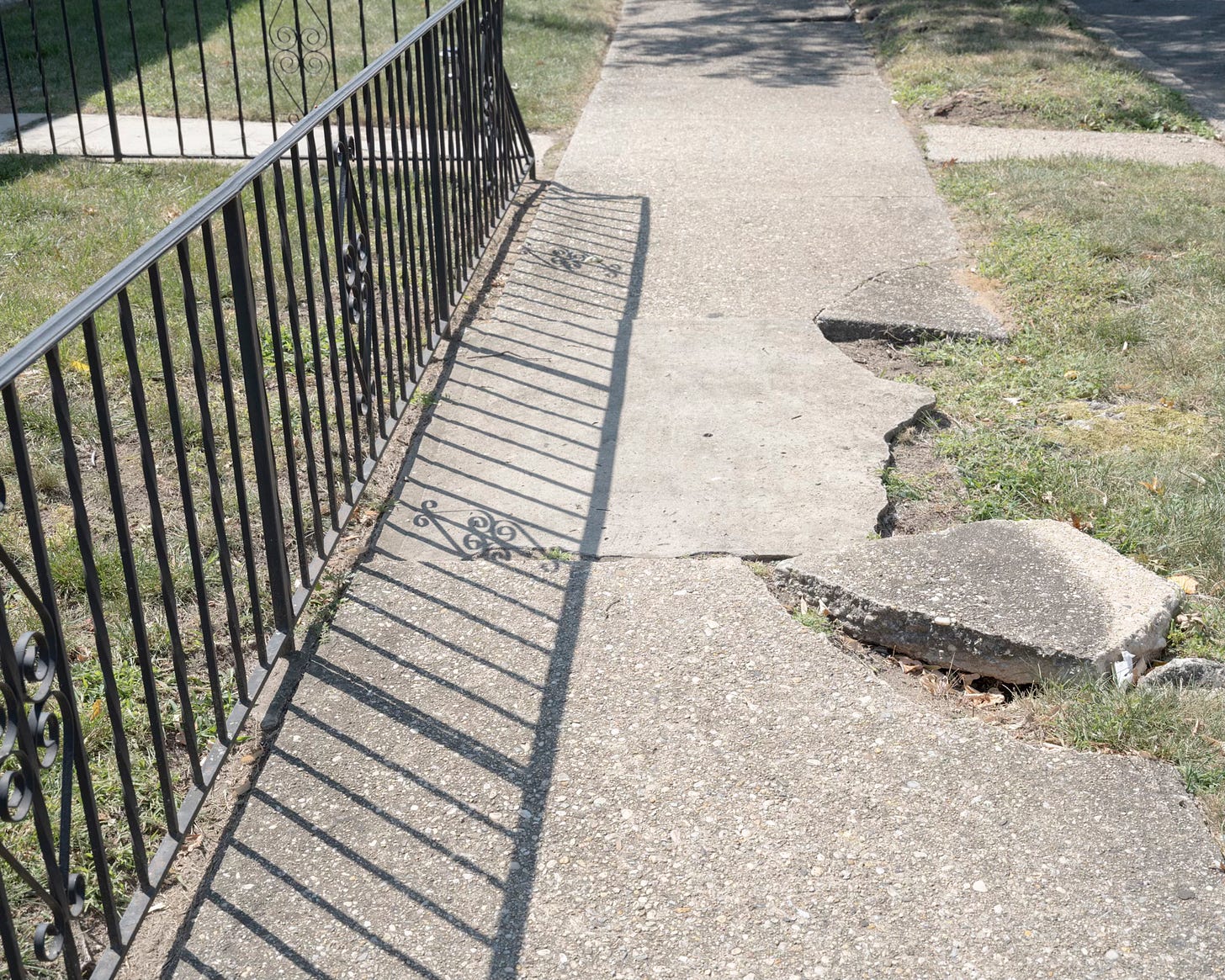
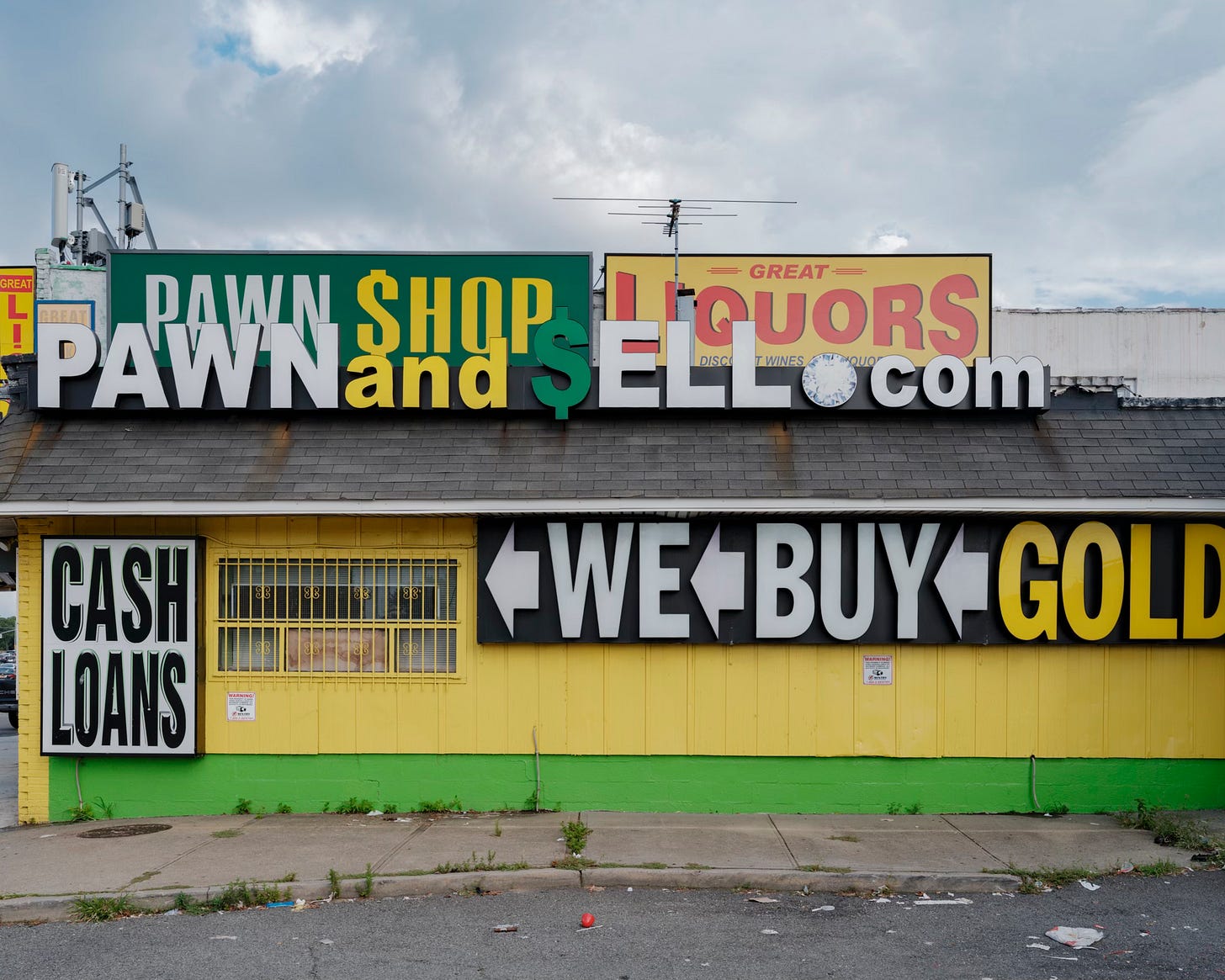
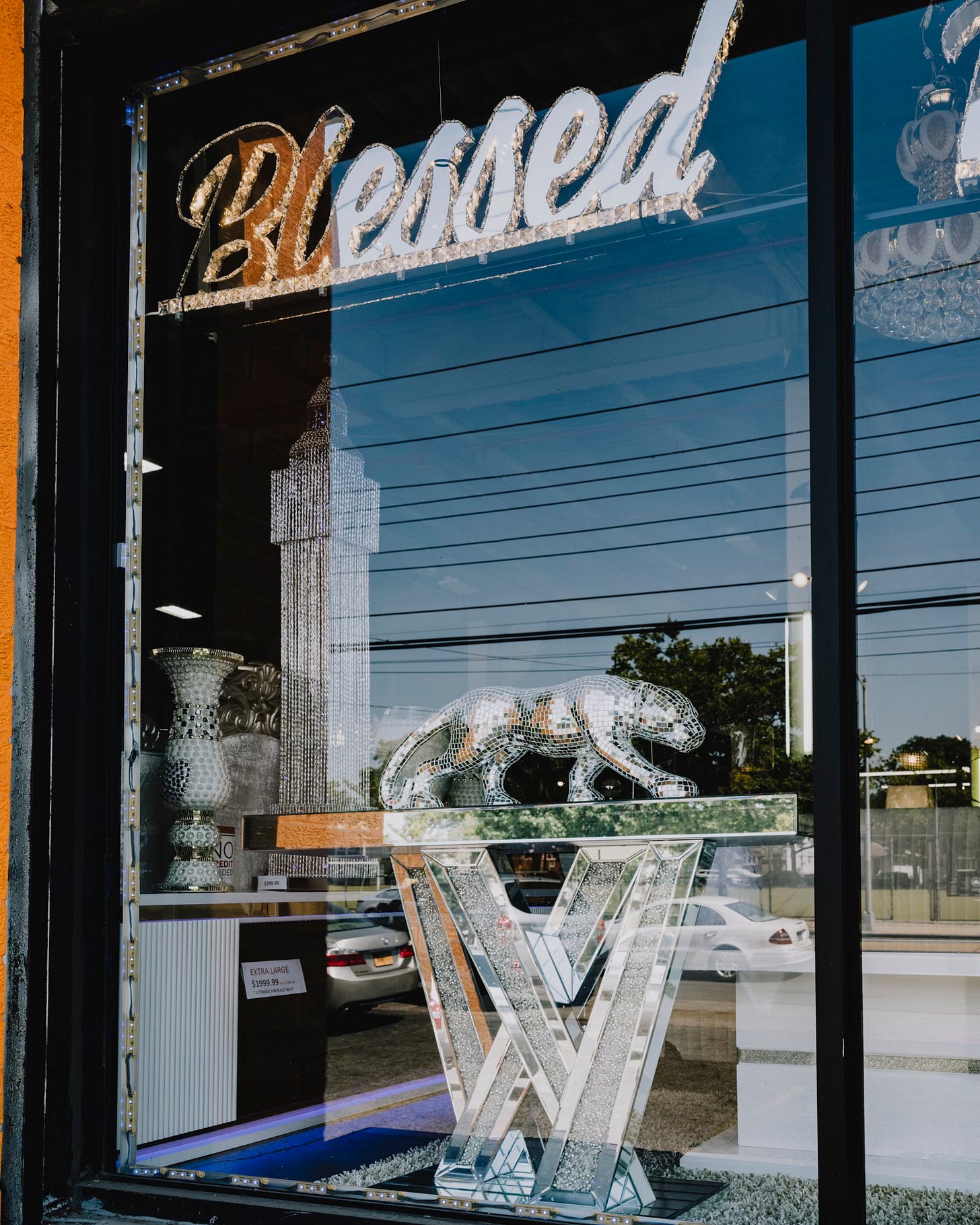
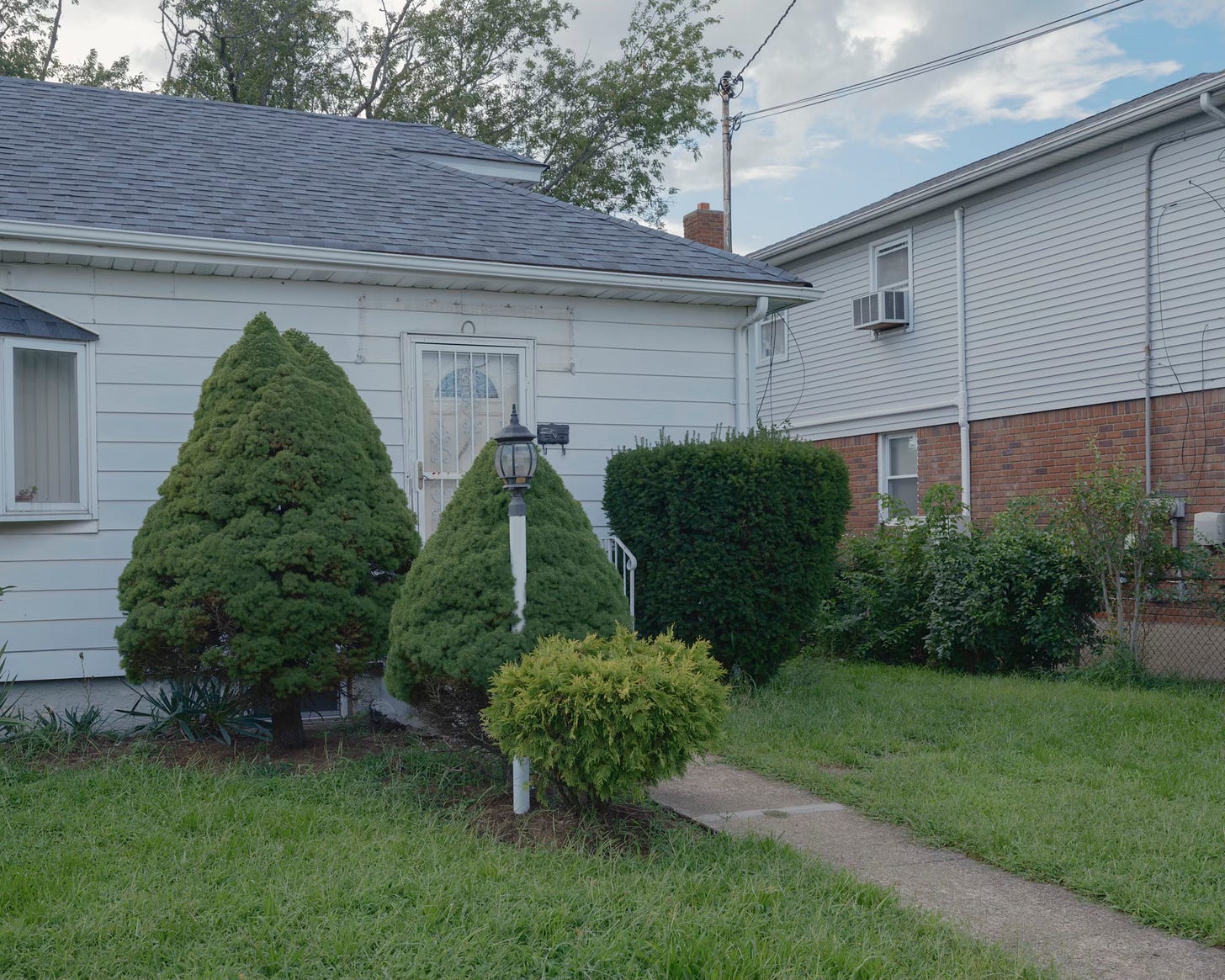

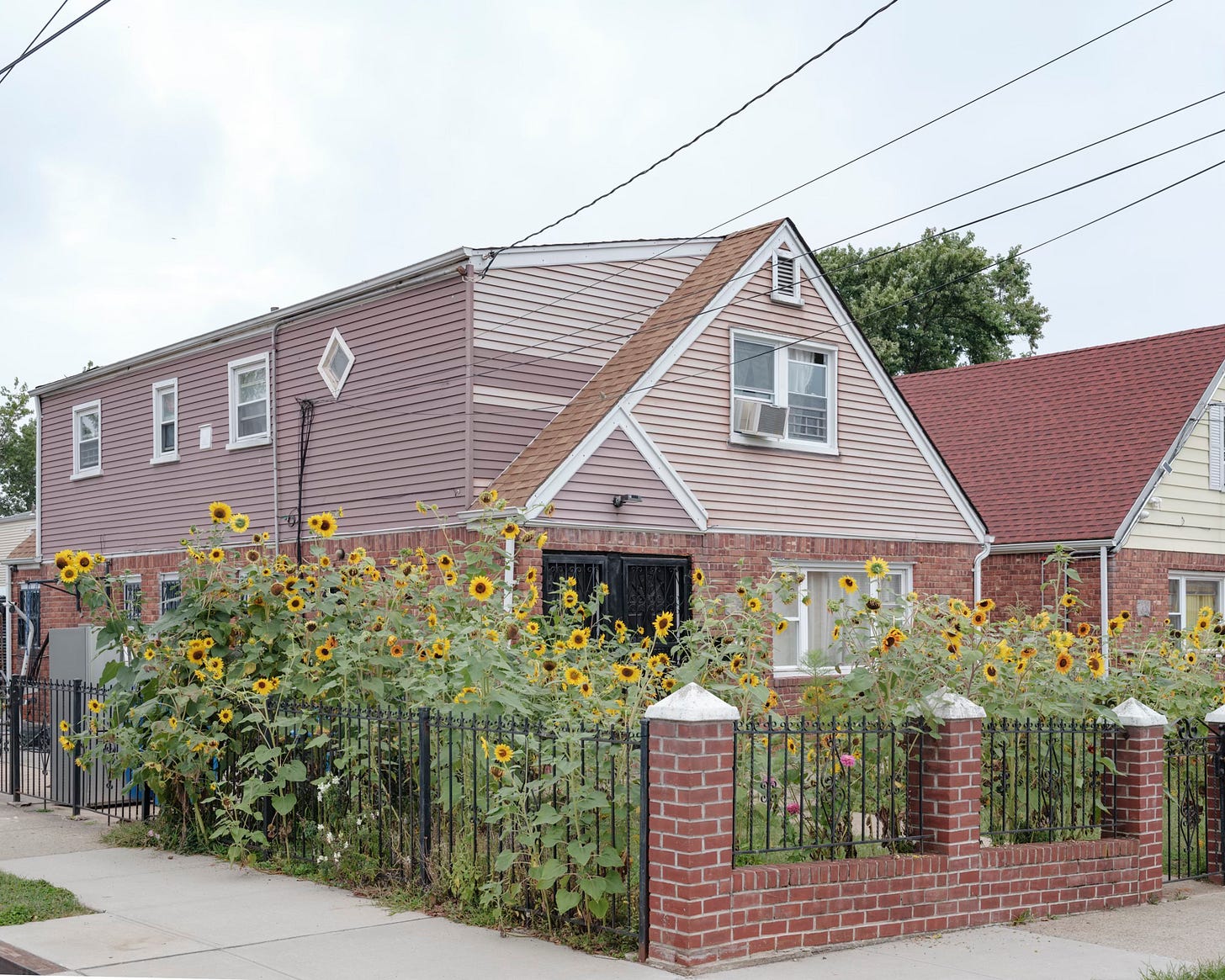
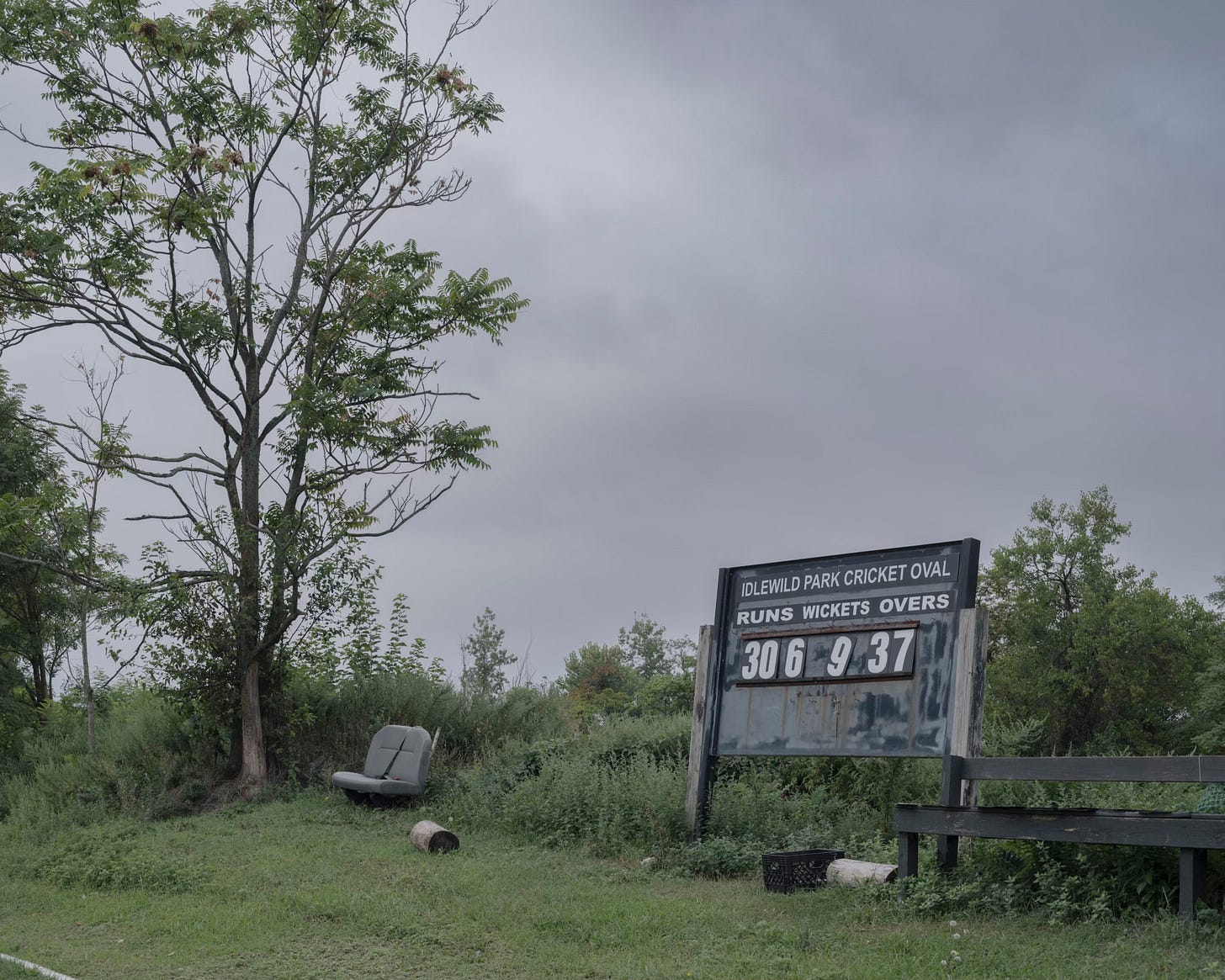
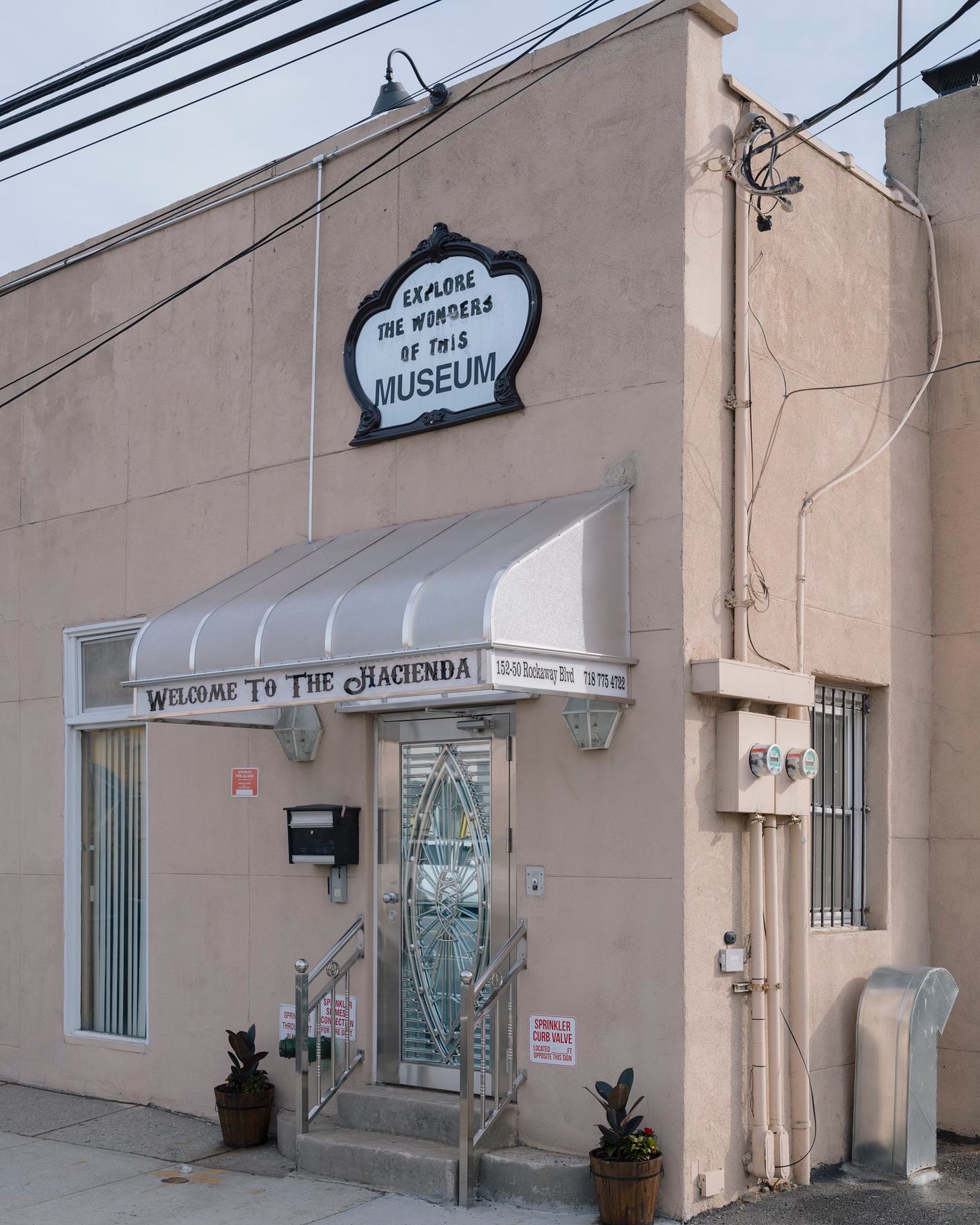
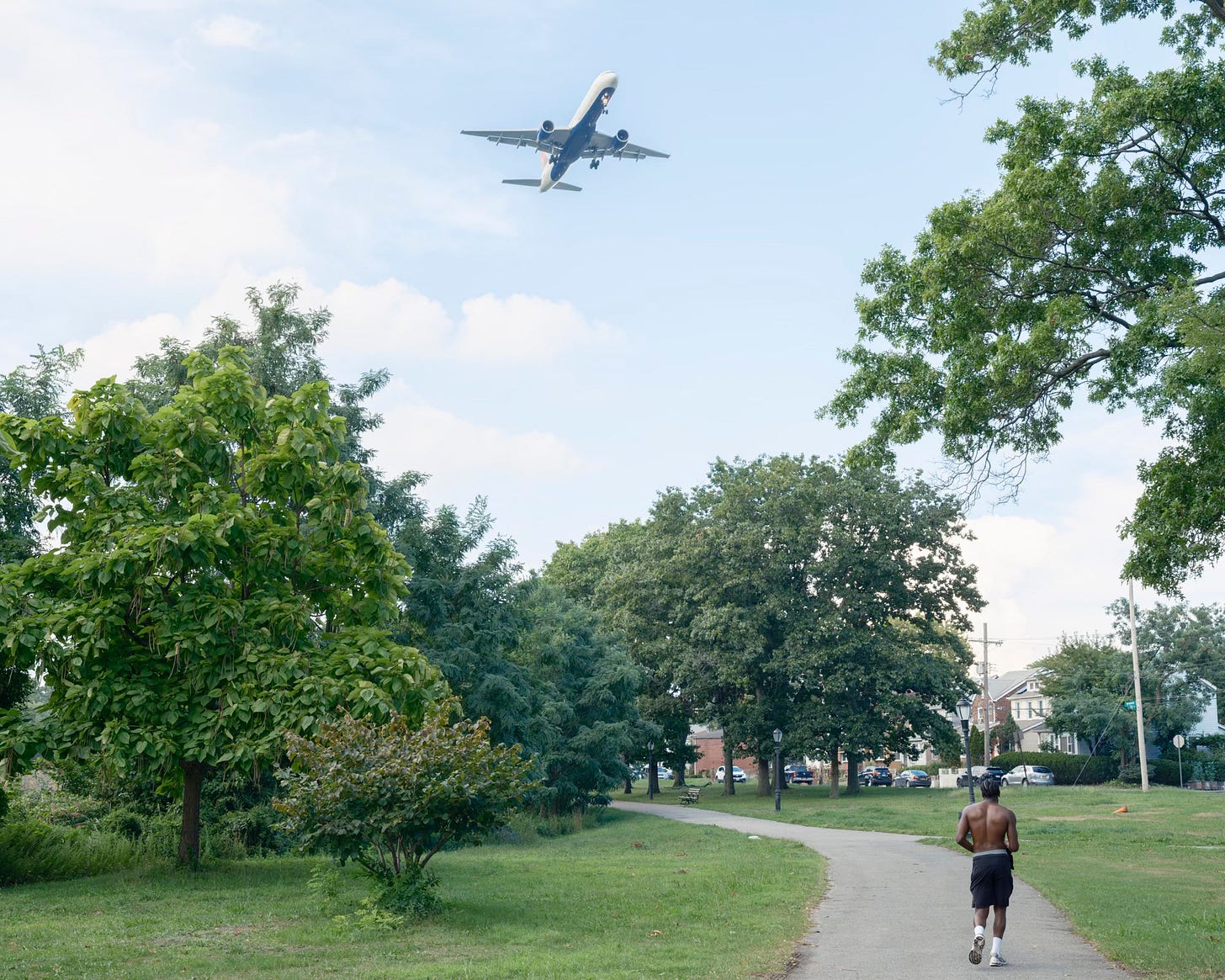
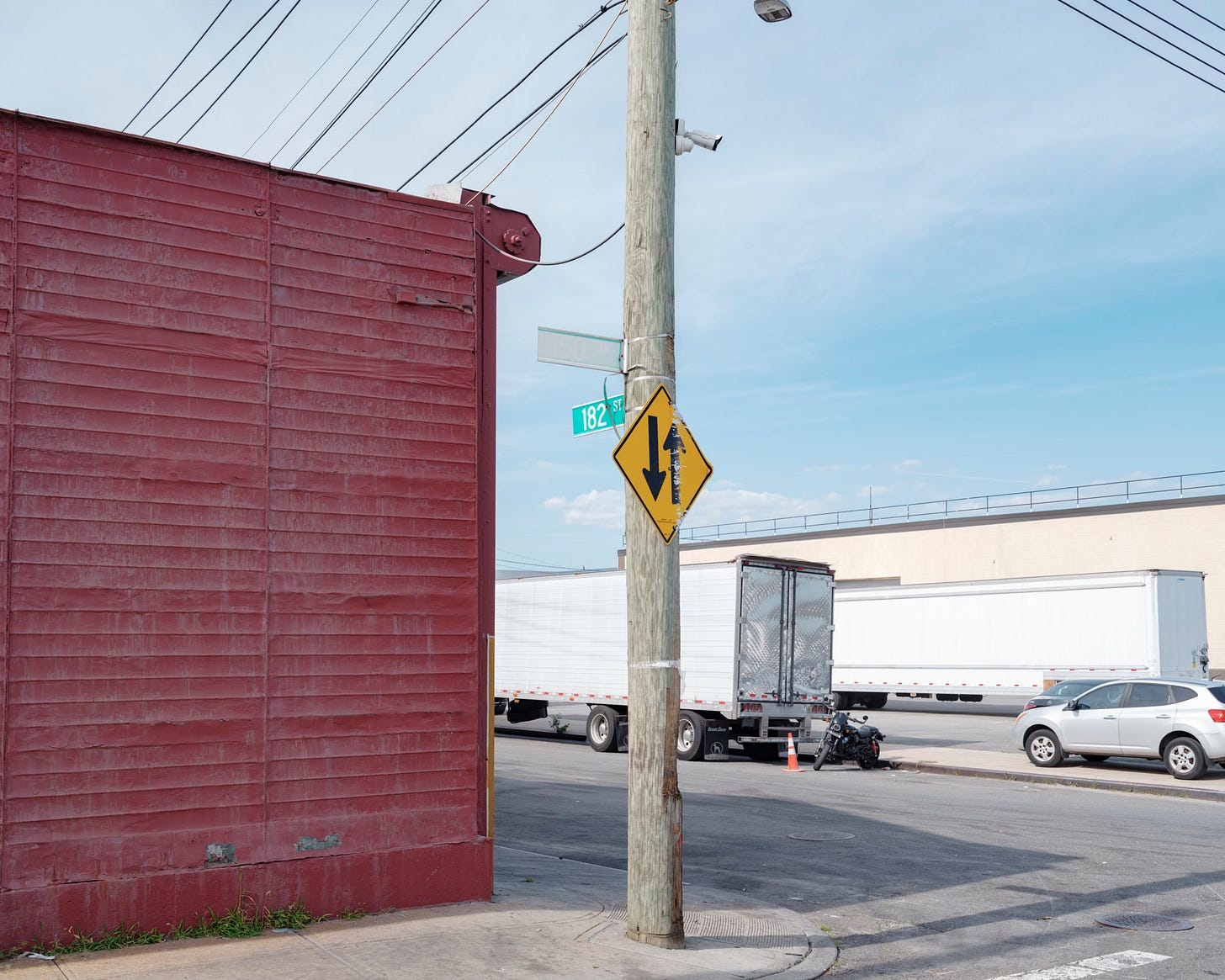
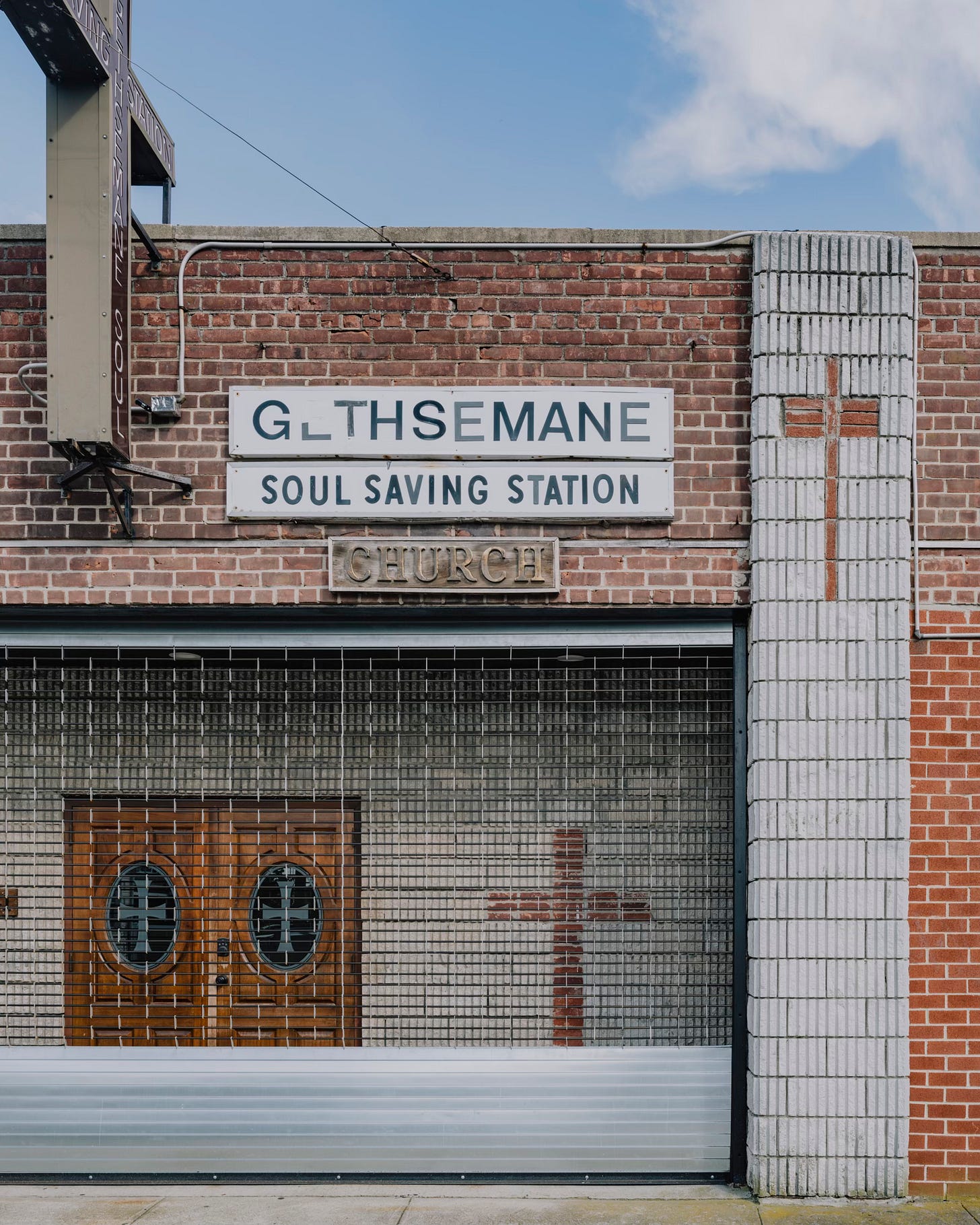
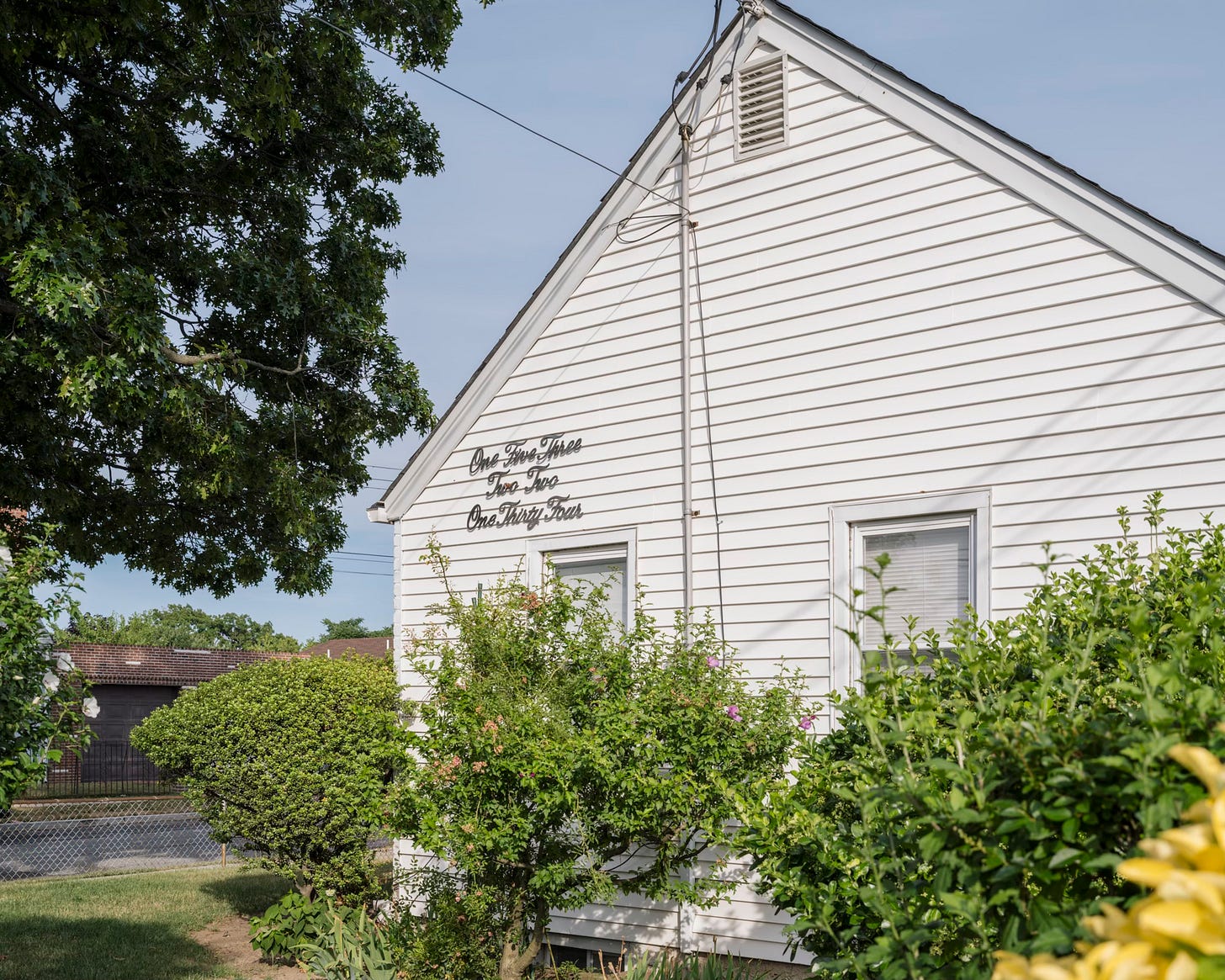

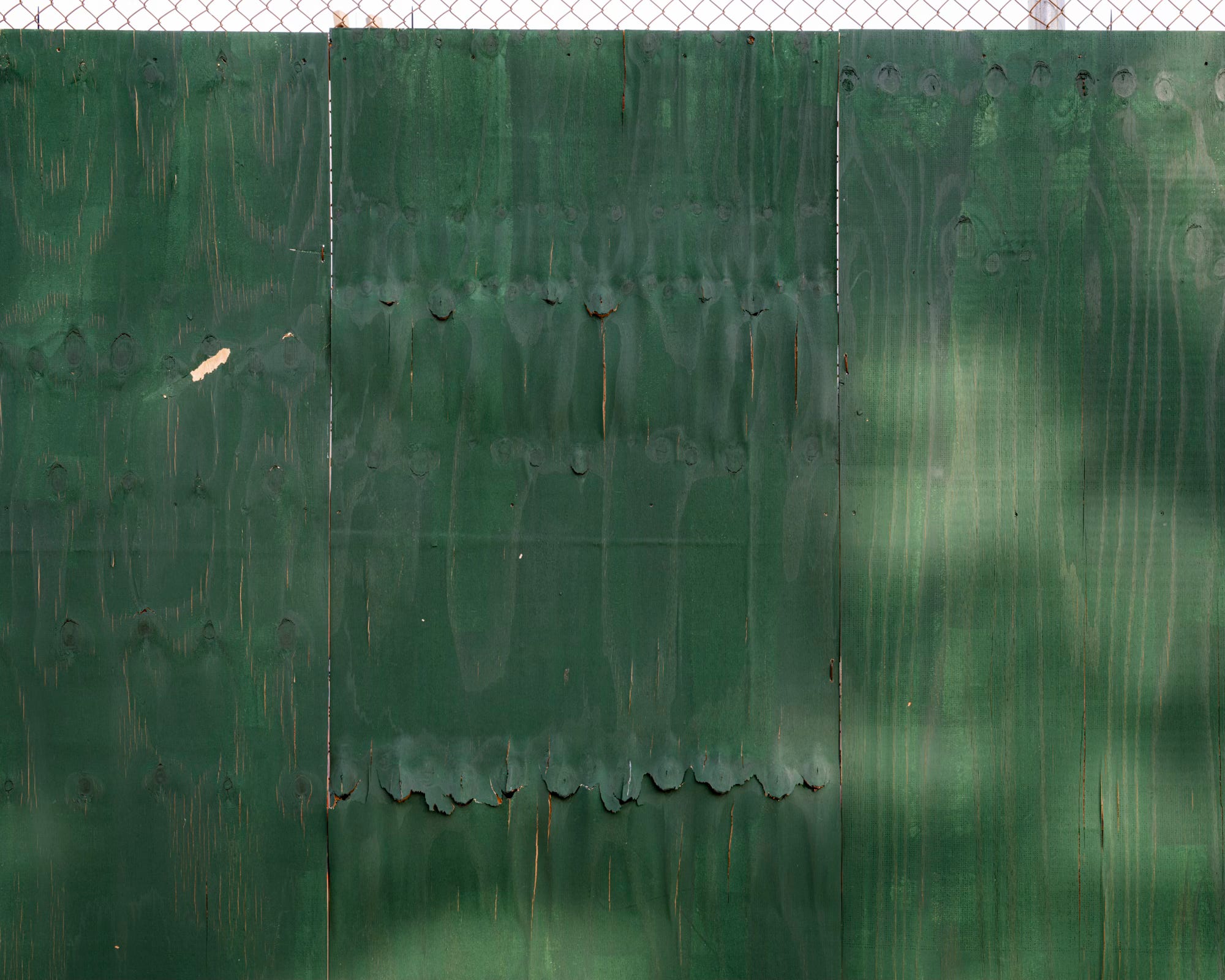
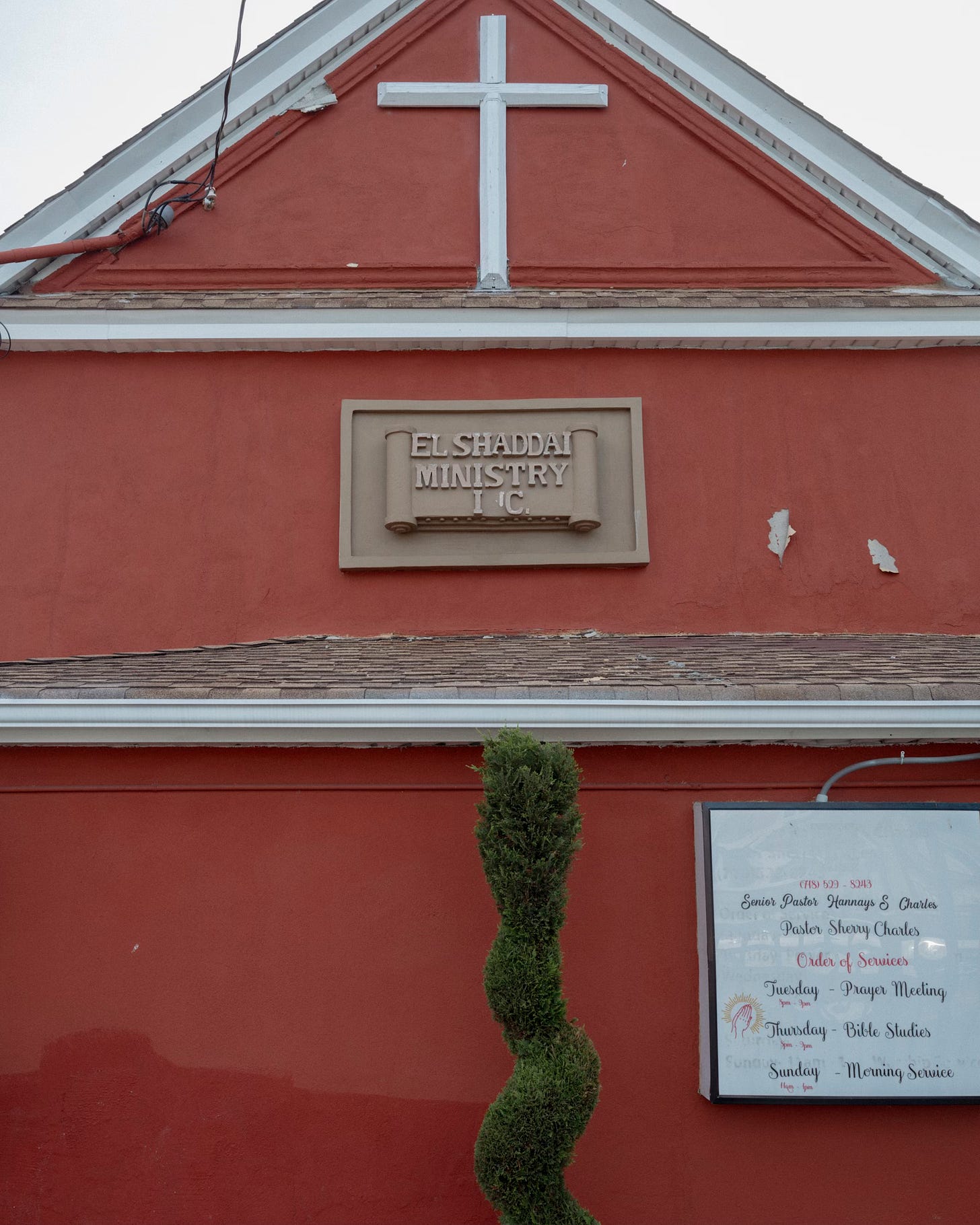
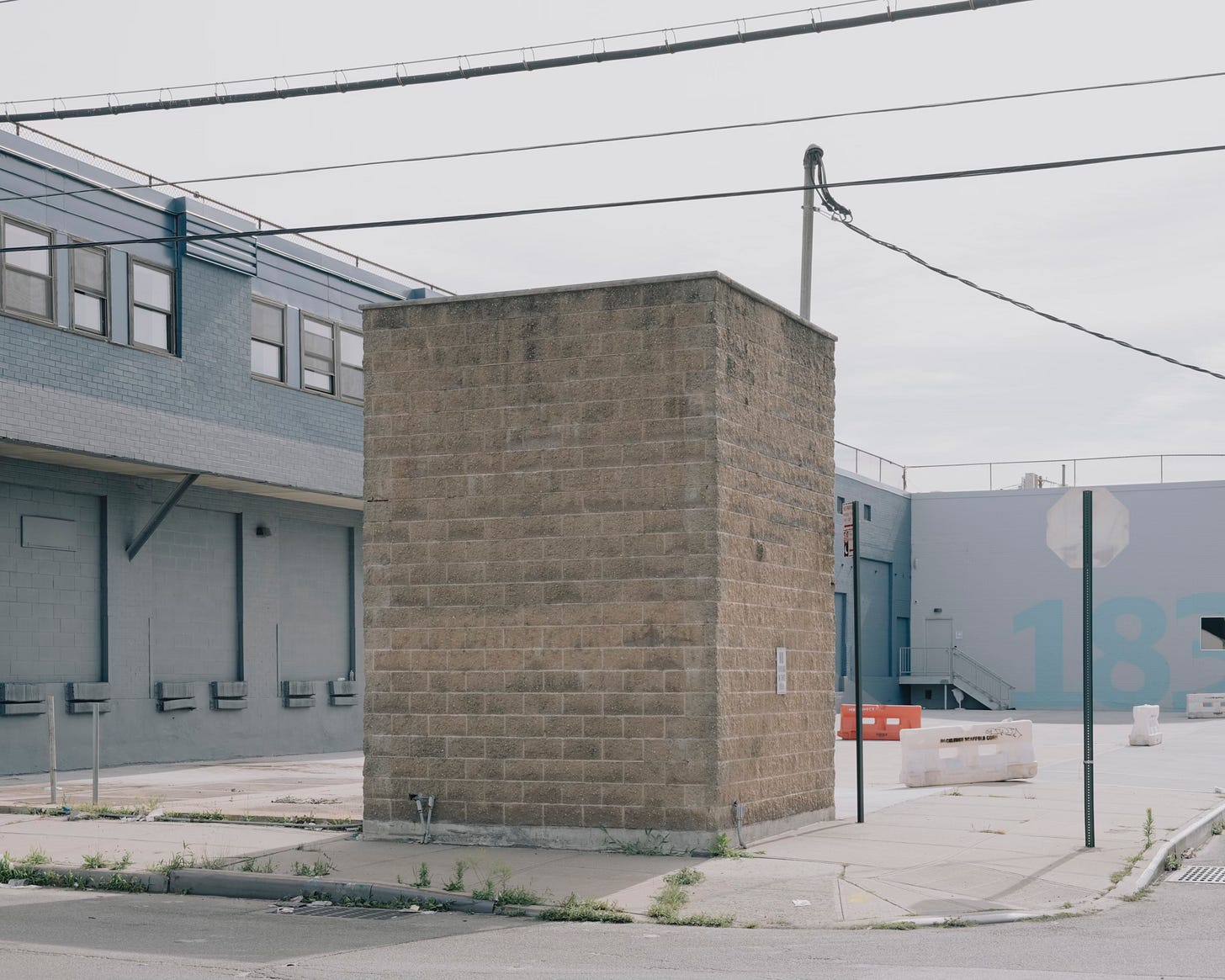
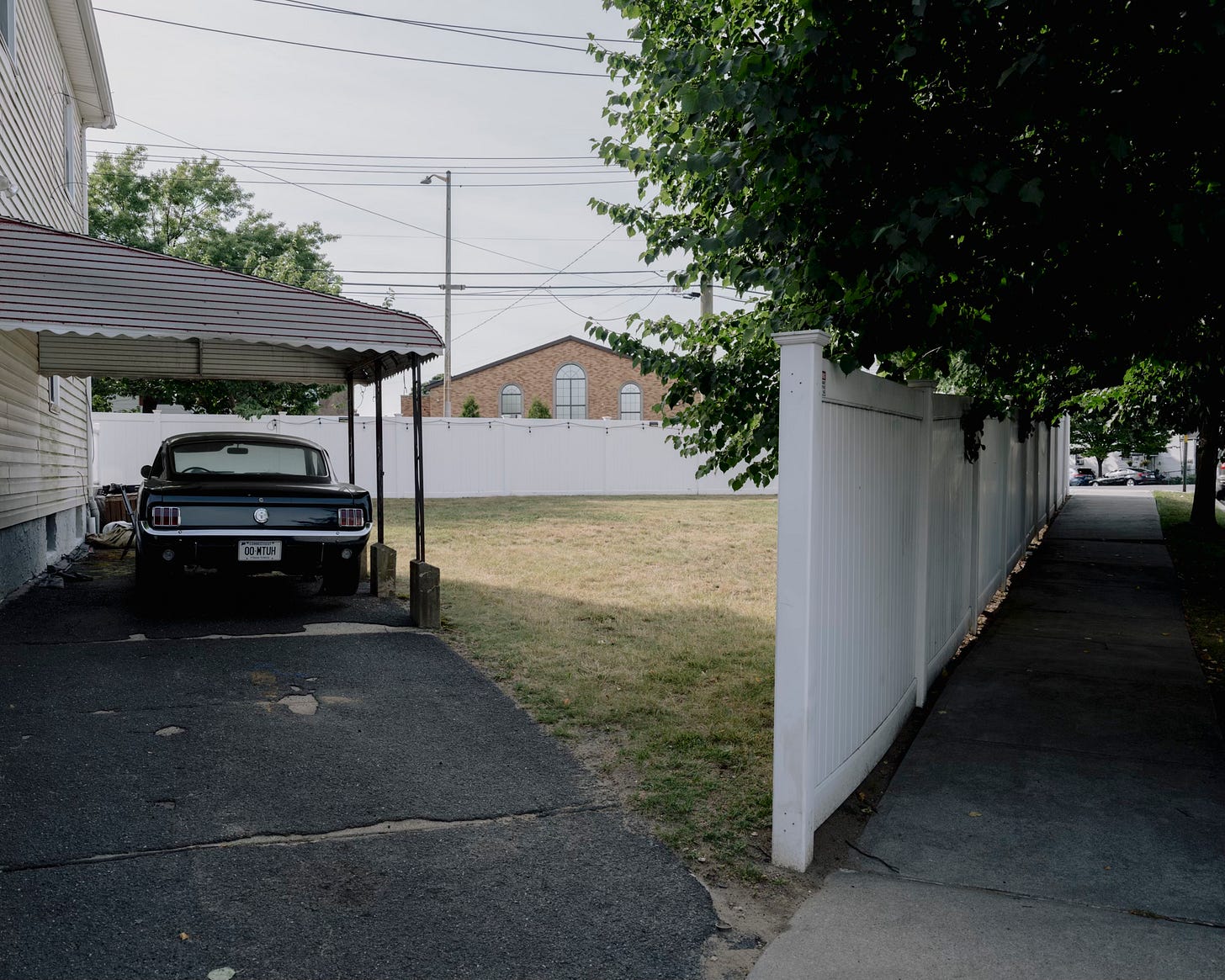
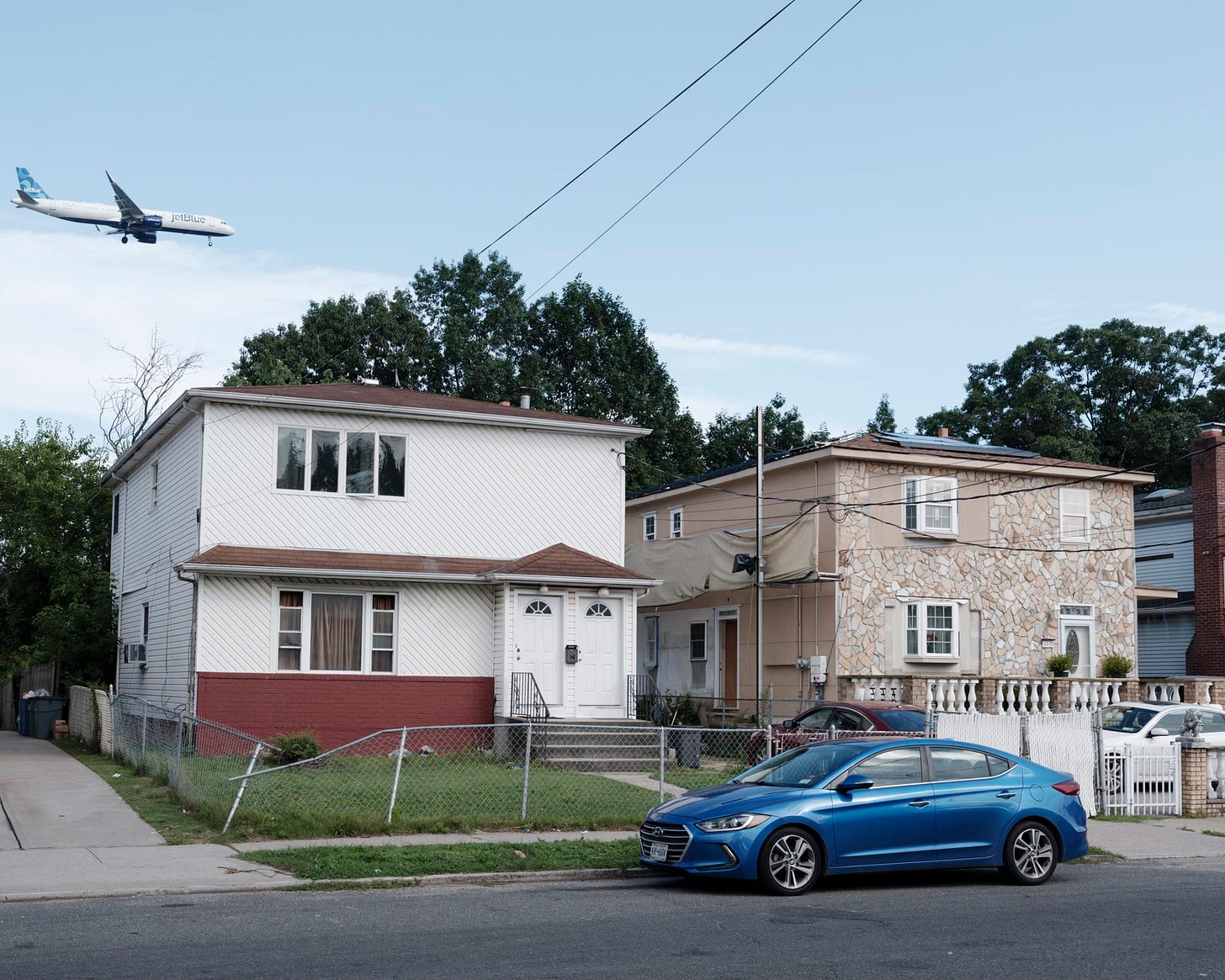
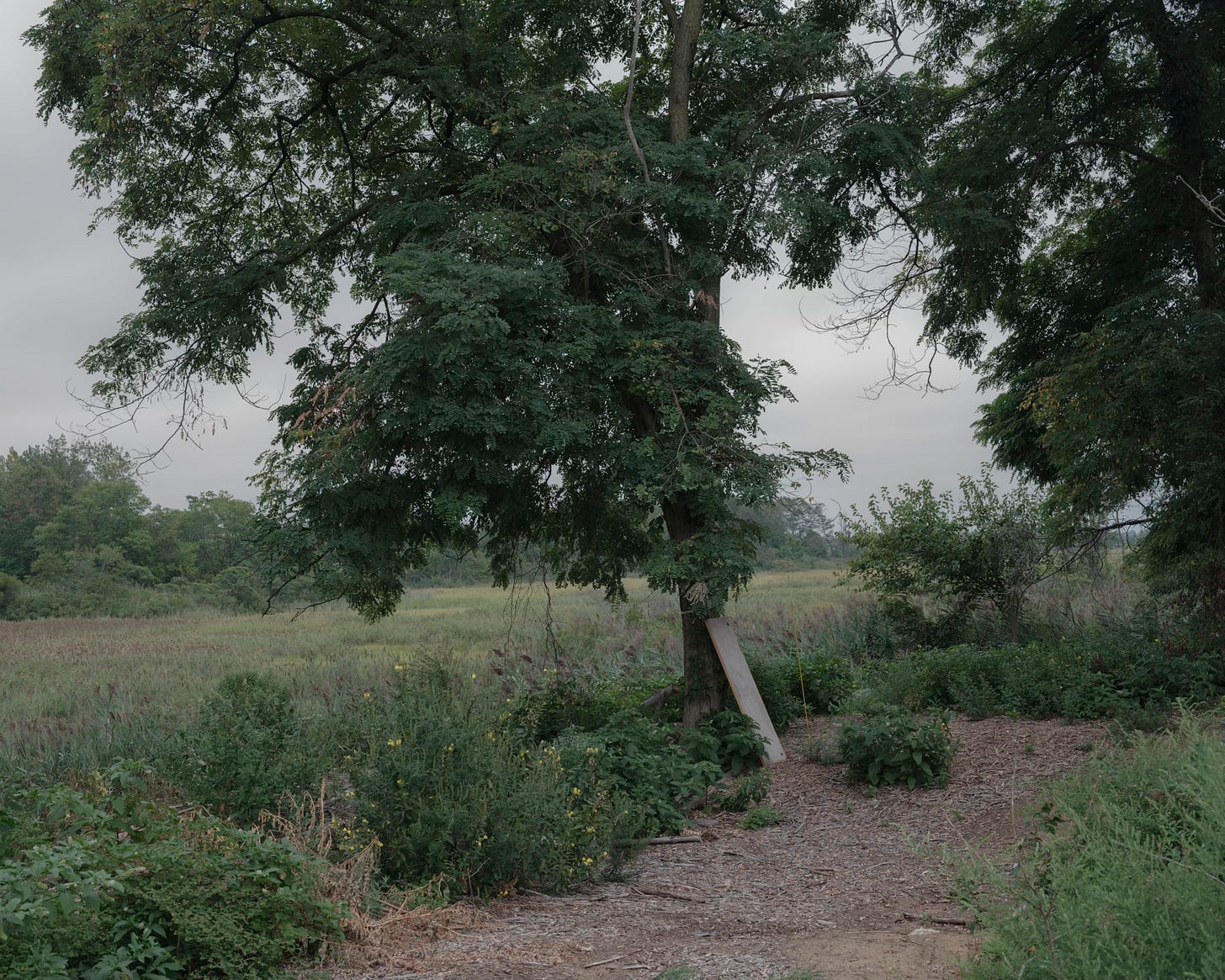
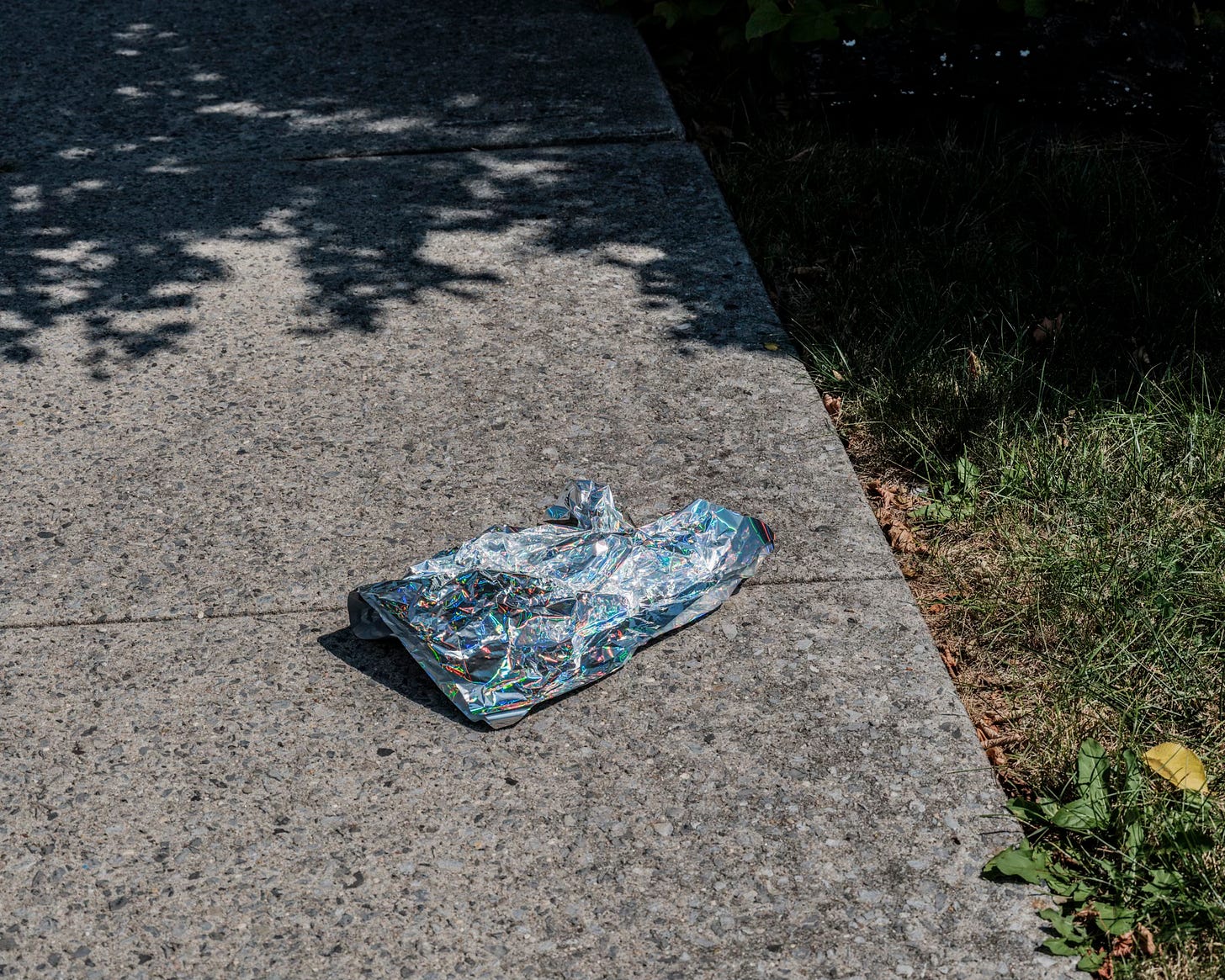
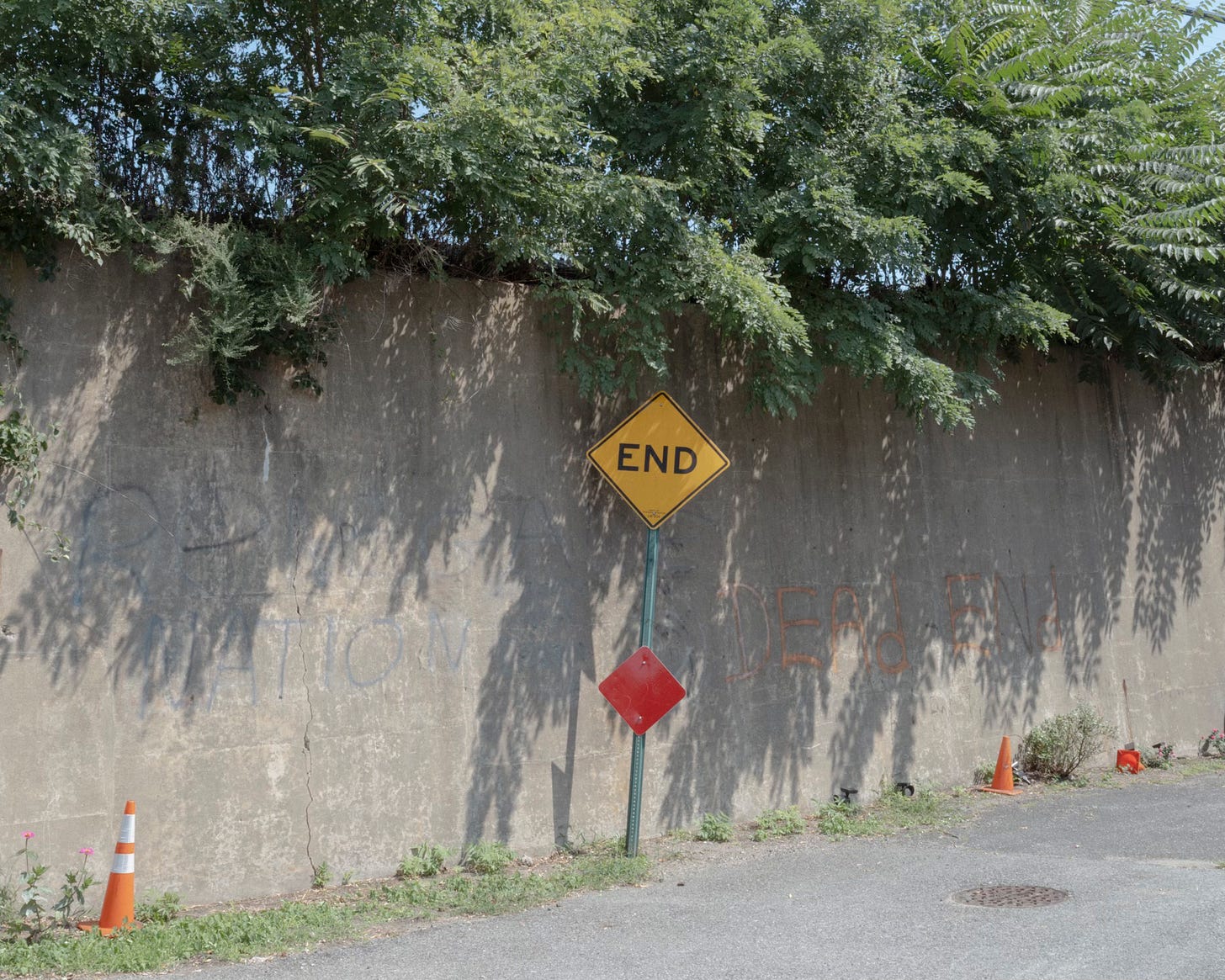
I tried to find aerial photos of the resort to see how much territory it covered but came up empty. That's quite a catchy theme song!
Idlewild was also the former name of JFK before it was renamed for Mr. Kennedy. (I discovered this hearing the lyrics of the theme of the classic NYC sitcom "Car 54, Where Are You?", which originally aired before the name change.)